From day one, I declared that Genealogy Literacy would be a truth zone – and after breaking through a recent brick wall, I knew I had to share this journey of discovery. For you see, this research unveiled an ugly truth: My long-standing brick wall had stood  firmly in my path until I was able to strip away the whitewashing put in place to divert descendants from the truth.
firmly in my path until I was able to strip away the whitewashing put in place to divert descendants from the truth.
Let me begin by saying that many researchers have encountered whitewashing in various forms. Most African American researchers with enslaved ancestors encounter systemic whitewashing of their history through heinous laws and customs put in place that stripped families of their identity to perpetuate the evils of slavery. And while I have always been an advocate for healing through a more inclusive research approach, the story below demonstrates how vital it is for ALL of us to strip away the mindsets of the past and dive headlong into a full FAN Club approach.
A hard truth about the FAN Club:
 So, we’ve all been taught about the FAN Club research method – Friends, Acquaintances, & Neighbors (or Family, Acquaintances, & Neighbors) – but can I get a show of hands how many of us actively search African American records for our white family surnames? When encountering that title on the shelf about AA cemeteries or marriages – if we don’t think our family is inside, do we just breeze on by? Years ago, I would have said, “yeah, guilty as charged.” But in the past decade or so, the desire to help bring families together through research has shifted my information gathering strategies, and I find myself in AA records on purpose to help connect people and better understand communities.
So, we’ve all been taught about the FAN Club research method – Friends, Acquaintances, & Neighbors (or Family, Acquaintances, & Neighbors) – but can I get a show of hands how many of us actively search African American records for our white family surnames? When encountering that title on the shelf about AA cemeteries or marriages – if we don’t think our family is inside, do we just breeze on by? Years ago, I would have said, “yeah, guilty as charged.” But in the past decade or so, the desire to help bring families together through research has shifted my information gathering strategies, and I find myself in AA records on purpose to help connect people and better understand communities.
A Big Crack in the Wall:
A few years ago, I was researching an African American family from Bracken County, Kentucky – and I have to say, some locals there have created a beautiful resource – African American records, Bracken County, Kentucky : 1797-1999 – a two volume set of transcribed AA documents discovered throughout the county. Marriages, Court Cases, School Records, Taxes, etc. You name it, they pulled it and transcribed/indexed it to create one of the most useful local resources I’ve ever used. So, while I was there, I decided to look up all of my Bracken County associated families in the index. This was rather quickly done, because I do not have a large number of branches from this county, and most are mid-19th century German immigrants – but I also descend from a long line of Anglo families from the county next door. As my search was not yielding any fruit, I decided to try a surname from the neighboring county that had remained a brick wall for myself and previous generations. What I found not only cracked the wall, but brought it tumbling down – and unveiled the whitewashing that had built the wall through a false family narrative.
Two Marys and a Barbary:
 My brick wall began in neighboring Pendleton County. My 4th Great Grandfather, Samuel Cox, had married 3 women over his lifetime – the first two named Mary and the last named Barbary. With his estate division, Barbary was easy to identify, and even fill in her backstory as the former widow of a neighbor, Ross McCall. The other two Marys were much harder to distinguish. Over the previous generations, some family members had mixed up the women’s surnames. A divorce case for Mary #2 was able to identify her potential surnames (yes, she had more than a couple in the depositions), leaving the first Mary (my ancestor) with the pre-marriage surname of Dean. As my 4th Great Grandparents were not married in this area, we only knew her surname from the Barton Papers – a collection of family interviews taken throughout Pendleton County by Edward Everett Barton, a local attorney of the 1930s & 40s. Since he interviewed various descendant branches, the stories differed on who her parents might have been.
My brick wall began in neighboring Pendleton County. My 4th Great Grandfather, Samuel Cox, had married 3 women over his lifetime – the first two named Mary and the last named Barbary. With his estate division, Barbary was easy to identify, and even fill in her backstory as the former widow of a neighbor, Ross McCall. The other two Marys were much harder to distinguish. Over the previous generations, some family members had mixed up the women’s surnames. A divorce case for Mary #2 was able to identify her potential surnames (yes, she had more than a couple in the depositions), leaving the first Mary (my ancestor) with the pre-marriage surname of Dean. As my 4th Great Grandparents were not married in this area, we only knew her surname from the Barton Papers – a collection of family interviews taken throughout Pendleton County by Edward Everett Barton, a local attorney of the 1930s & 40s. Since he interviewed various descendant branches, the stories differed on who her parents might have been.
Abel or Michael Dean?
The family group sheets compiled from these interviews identified her probable father as Abel or Michael Dean, but did not include a location for either man. Even the Cox family was a bit of a location enigma. The Barton Papers said Samuel Cox was either “born at the fort above Augusta” or from Pennsylvania. OK, so with the surname of Cox, this was a needle in a haystack. All I knew, is that the Cox family came from farther points east. And I suspected the lack of Dean information indicated the same migration pattern. This turned out to be accurate, but unless I had picked up that book, I may not have discovered the truth for many, many years.
Deed of Emancipation:
In 1830, Bracken County, Kentucky, there was an emancipation filed in court to free an enslaved family: Jenny or “Jinny”, and her three children – Aaron, Emily, and John Caesar. As part of this process, Jenny, Emily and John Caesar were all presented in court to record their description along with a $500 bond to ensure they would not become wards of the county. Jenny is described as “black”, about 30 years old, left eye blind of cataract, standing 4 feet 2 inches. Emily was described as 6 years old and “yellowish” in color. John Caesar was only 4 weeks old with “yellowish” complexion. My biggest question about this document, was: Where was Aaron? Why was he not presented in court with the others? Obviously, with the children described as having “yellowish” skin, I’m thinking Michael was their father. But I had more research to do.
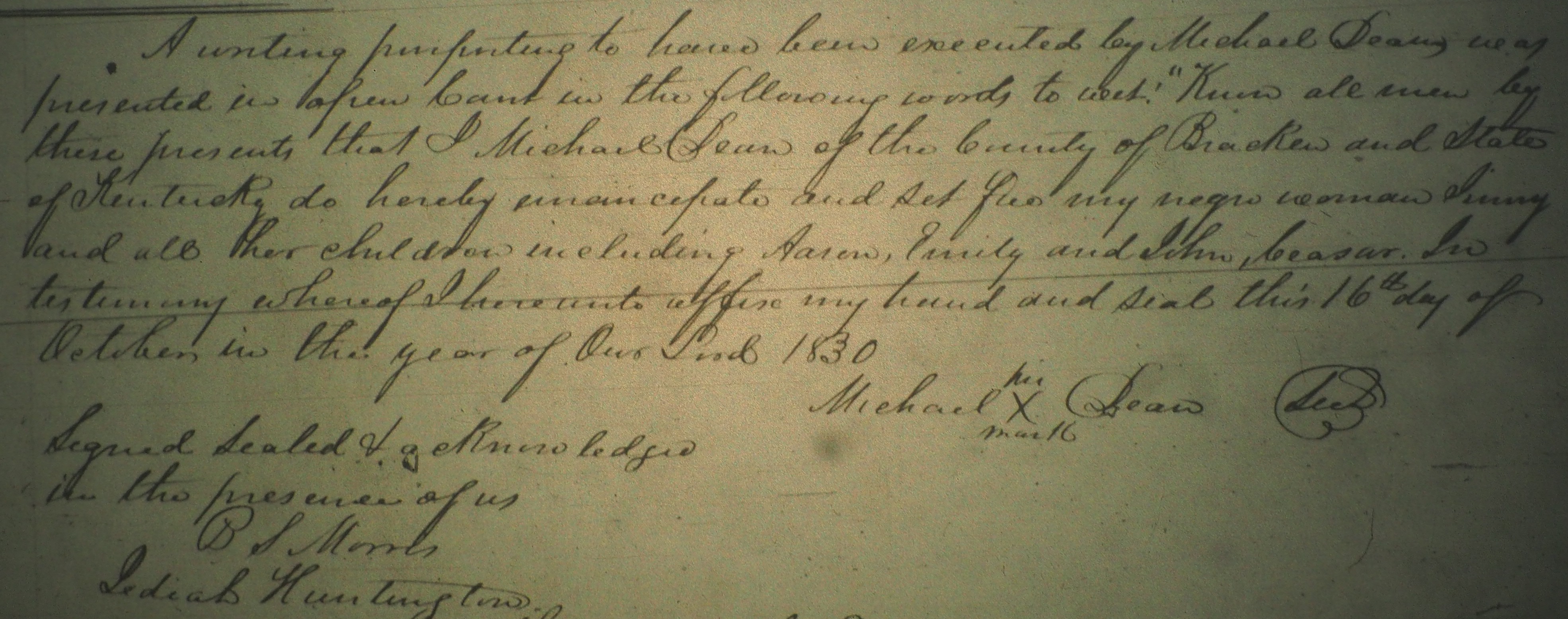
Michael’s Will, 1832:
The next item in this book connected to Michael Dean was his will of 1832. In this document he makes sure, once again, that all of his slaves are free upon his death, but with one addition. He then gives Jenny his 50 acres and residence for her to live in throughout her lifetime. After her life is over, the property was to go to Aaron and his heirs forever. There is no mention of Emily or John Caesar inheriting anything from Michael, only Aaron. As I was also trying to piece together the known white children of Michael Dean, there is a mention of one in his will, Rebecca Morris.
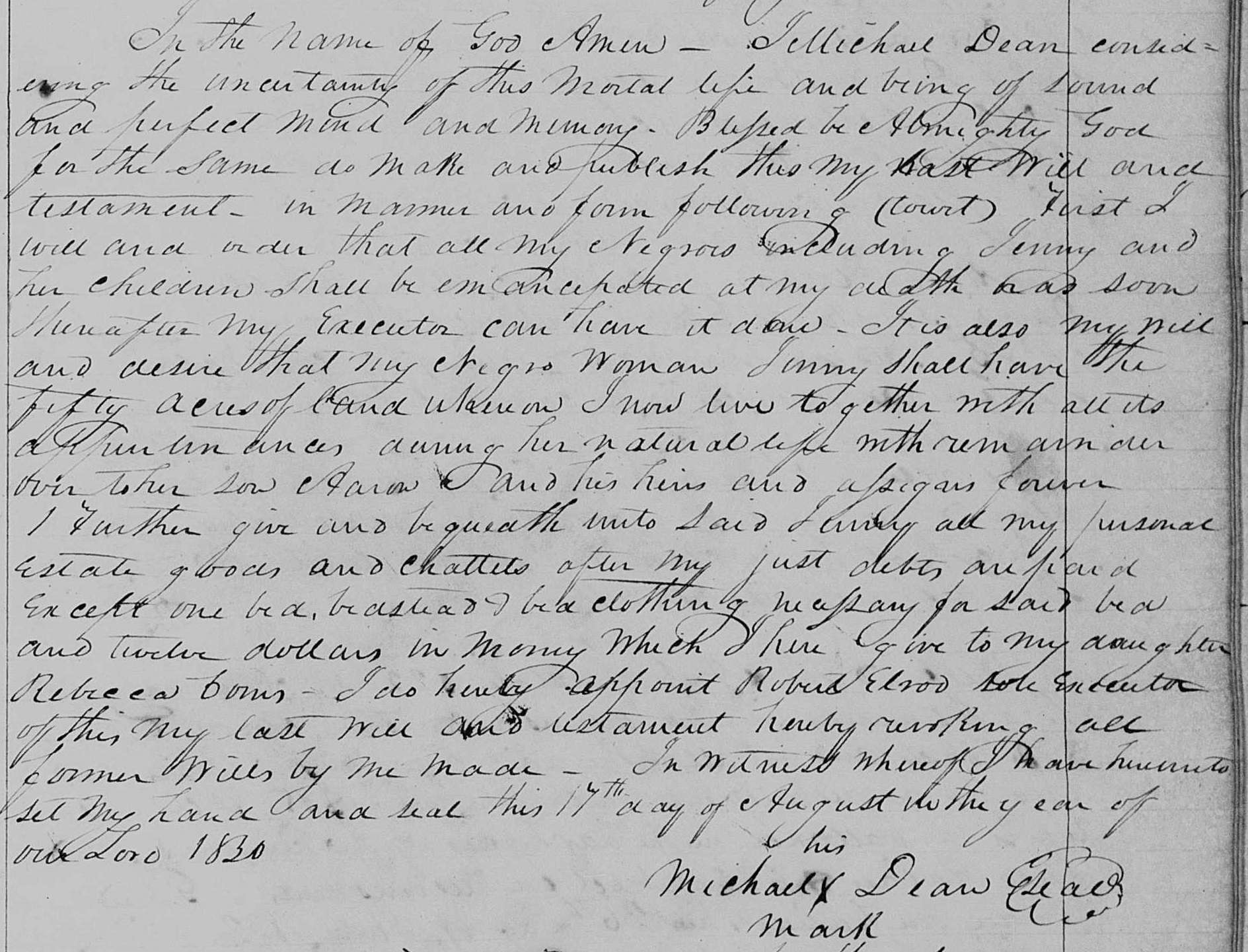
Researching Michael:
These documents gave me the push I needed to investigate further, with this new county of focus. From further research, I discovered that Michael was a Revolutionary War Pensioner, previously of Lewis County Kentucky, and that he had other white children documented: John, Rebecca, Thurisa, and Abel + others yet to be positively identified. His pension application in 1818/1820 described a sorry existence. A man (aged about 80) and wife (aged about 73) who were practically destitute and living in a meager cabin on 50 “rented” acres. He had served on the Virginia Continental Line for 2 years – ending his service in March 1778 at Valley Forge – Ironically, making it through the horrible winter at Valley Forge, but then high tailing it out once his service ended that March. He and his wife were both described as “decrepit” and only owning a horse and cow. More importantly, no mention of enslaved individuals. All of this testimony resulted in him receiving $8 per month until his death.
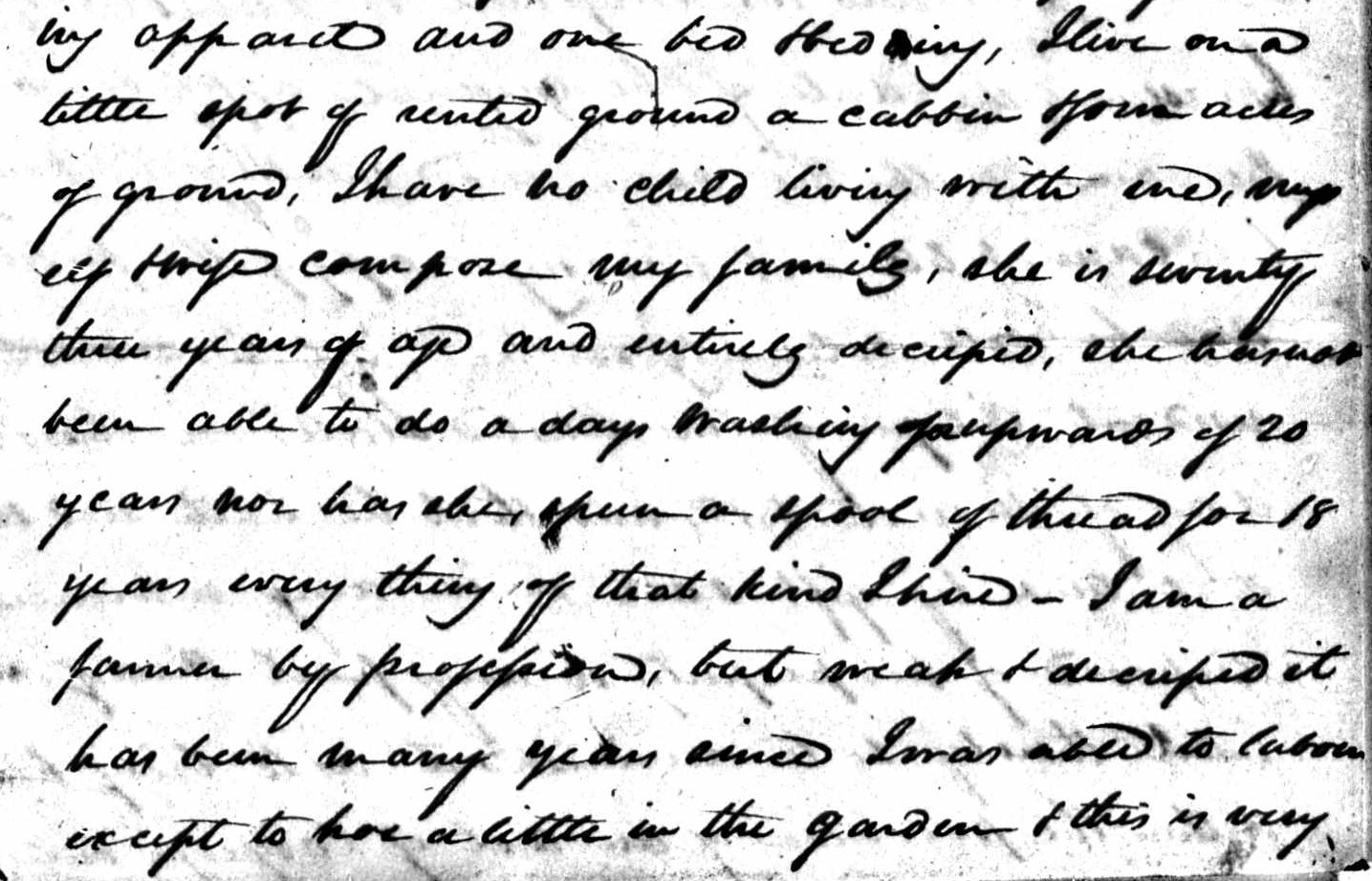
Bracken County Reveals:
In searching for Michael, there is no indication that he owned slaves around the time of his pension application. However, very soon after, his son Abel appears on the tax lists, and each man takes turns paying taxes on enslaved individuals for the next several years. The number of slaves fluctuates as well. At first there is only 1, then 2, and as these individuals either move from place to place, or are simply covered in taxes by each man in turn, the maximum number of slaves covered in the taxes, up until the emancipation is 4. After the emancipation, Abel is paying taxes on a few extra slaves, but his number is scratched out and reduced by 2 – perhaps indicating the odd nature of the ownership? Clearly Michael is claiming ownership by taking Jenny and her children to court to have them freed. Also, despite Michael claiming he only rented his land and cabin in the pension testimony, he clearly owns his property as he gives instructions on its dispersal in his will. When looking at the Court Orders for Bracken County, Abel would appear to fight some of this – I could not find an actual court challenge – but Abel is instructed to bring his father’s will to court, more than once – and it appears he did not comply as the will is later presented to court by the Executor Robert Elrod.

The Story Gets Lost:
Personally, I was thrilled to find this family. And I would love further still to reconnect with descendants of Jenny and her children. But I found it disappointing that my family had kept silent on this story. You see, I did find a marriage record in Lewis County for Polly Dean and Samuel Cox, with the consent given by Polly’s father “M. Dean” – putting to bed that Michael was her father and Abel was her brother. And I know that Mary died rather young, and with Samuel’s subsequent marriages and sensational divorce, it’s no wonder that my branch of the family lost this story. Or, am I giving them a pass where one doesn’t belong? In the context of society in 1830/32, this action by Michael was completely out of the ordinary. With his will bestowing his property upon a formerly enslaved family – this would have been considered to be scandalous – and I so wanted to know how my branch of the family felt about this action. If my suspicion is correct, one of the men likely fathered  Jenny’s children. Meaning that Aaron, Emily, and John Caesar would have been siblings or nieces/nephews to my Samuel and Mary. Did they care? Were they embarrassed by this? It was a very public action to free them, and Michael had done just that.
Jenny’s children. Meaning that Aaron, Emily, and John Caesar would have been siblings or nieces/nephews to my Samuel and Mary. Did they care? Were they embarrassed by this? It was a very public action to free them, and Michael had done just that.
While my branch kept silent about this action when passing along family lore – they did leave me one clue about their potential feelings. Remember when the list of enslaved individuals presented in court lacked one member? Aaron had been conspicuously absent from the court presentation. I speculated that maybe he was sick and could not make it, or that he had run away. Bracken County Kentucky lies on the Ohio River, just across from Ripley Ohio (Brown County) – a known hotbed for the underground railroad in the upcoming years. As the months passed, I figured that this portion of his story may never be known. And this is when I found a hashmark that changed everything. 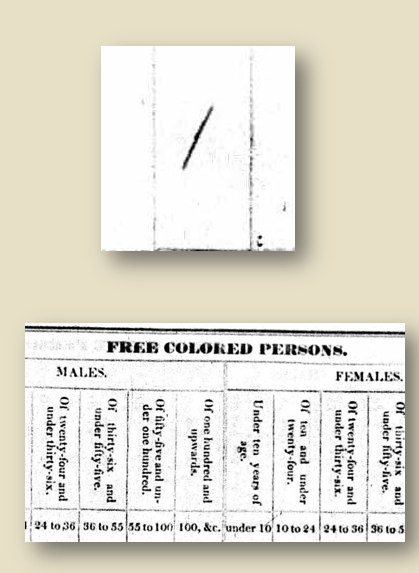 In the 1830 census – taken the same year that the emancipation was filed in Bracken County Court, my 4th great grandparents, Samuel and Mary, in neighboring Pendleton County, have a young man living in their household that is in the column: Free Colored Persons – Males, 10-24 in age. That little hashmark in this column gave me goosebumps. Is this the missing Aaron? I certainly hope so. If this is Aaron, there is a good likelihood that my grandparents were supportive of this emancipation action. If my speculation is correct, and Aaron is the son of Michael or Abel, then Mary had welcomed her newly freed brother or nephew into their home – and I’m guessing to offer protection. But why did no one ever tell us about this relationship?
In the 1830 census – taken the same year that the emancipation was filed in Bracken County Court, my 4th great grandparents, Samuel and Mary, in neighboring Pendleton County, have a young man living in their household that is in the column: Free Colored Persons – Males, 10-24 in age. That little hashmark in this column gave me goosebumps. Is this the missing Aaron? I certainly hope so. If this is Aaron, there is a good likelihood that my grandparents were supportive of this emancipation action. If my speculation is correct, and Aaron is the son of Michael or Abel, then Mary had welcomed her newly freed brother or nephew into their home – and I’m guessing to offer protection. But why did no one ever tell us about this relationship?
The Story Becomes Whitewashed:
Fast forward to another moment of serendipity – Within the same time frame as the above discovery, I was in the process of trying to join the DAR. As I was reviewing my Patriot options, Michael Dean and his record came up. So, I paid for the associated application papers and supplemental documentation packet that belonged to a member descended through another daughter, Thurisa. The supplemental packet contained a letter from another of Michael’s descendants, a great great granddaughter, Julia Herrmann. In her letter she relates the story as thus:
“My Great Great Grandfather had a plantation in Kentucky and owned slaves. The ______? War ruined him financially. His family left him. Two slaves, a man (young) and his wife stayed with G G Grandfather and G G Grandmother and when G G Grandfather died, he willed the plantation to the two slaves who had worked and taken care of my Great Great Grandparents.”
And so the story, while not forgotten or censored out of this branch’s narrative, was whitewashed into the typical benevolent master/faithful servant tripe – transforming Jenny and Aaron to husband and wife, instead of mother and son – and erasing any hint of parental complexity.
There is an ironic post script about this line of narrative. The Barton Papers have a notation about Michael Dean’s financial hardship, and it relates to Abel who was the youngest: One of Michael’s sons, John, living in Washington County Kentucky had to travel to Bracken County in 1827 to care for his elderly parents. The reason? According to the Barton Papers: Michael and his wife had “conveyed their small estate to the youngest son who then turned them out in their extreme old age.”

I think this is another narrative covered in whitewash. There was clearly some family drama going on that the later descendants noted but purposefully made vague to hide what was truly happening. And by 1827, Abel and Michael have been sharing the taxes and/or location of the enslaved family for several years – until Michael suddenly has enough in 1830 and frees the entire lot. Again, the whitewashing was so thick, it’s still preventing us from seeing the full picture of this family crisis.
After Michael’s Death – Tracing Jenny’s Family:
One of the biggest mysteries that came out of the emancipation action was the fate of Jenny and her family. I could not find Jenny nor Aaron paying any taxes on this newly inherited land – nor could I find her in 1840 census records. In 1845, suddenly, the taxes are being paid on 57 acres by “Dean’s Devisees”.

According to the 1891 edition of Black’s Law – this term refers to the persons “to whom lands or other real property are devised or given by will.” I could not find record of taxes being paid on this property prior to this date. However, another obstacle arose in discovering the chosen surname of the newly freed family. Did they take the Dean surname? If so, none of them are paying taxes on this piece of property until 1845 – which is a tad odd. I then looked for any woman with the given name of Jenny or Jinny paying taxes on land during these years from 1832 to 1845. Nothing.
The estate sale of Michael Dean’s remaining personal property is also a whitewashed hot mess. Among the list of personal items being sold that day, Jenny is indeed listed as being the purchaser of several items. Unfortunately, instead of including a surname like everyone else on the list – she was simply listed as “Black Jenny”. Trust me, for a while, I looked for a ‘Jenny Black’ in all of the records I had perused earlier. Nothing. And of course, that’s when it hit me that they were not using the word “black” as a surname.
Aaron to the Research Rescue, Followed by a Cold Trail:
The good news is that after searching court and deed records many years beyond the emancipation, I found a deed transaction detailing Aaron’s act of selling the land. And best of all it gave me a direction for Aaron. First, he had retained the surname “Dean” – and had married a woman named Ellen – and they both lived in Brown County Ohio! This was golden information that even spelled out his connection to the land – the document says that he had inherited this land via the will of Michael Dean. This was a slam dunk – and I had one of those joyous, yet vocal moments in the silent state archives! One thing to note – I am not sure that Aaron and his wife actually came down to Bracken County to sell the land or whether this was handled by an attorney – simply because there is no mention of Aaron’s race. He is not referred to as a ‘free person of color’ nor ‘colored’, etc. Is this proving he never crossed the river to conduct this business, or does this mean he was light enough to be passing? The jury is still out on that one.
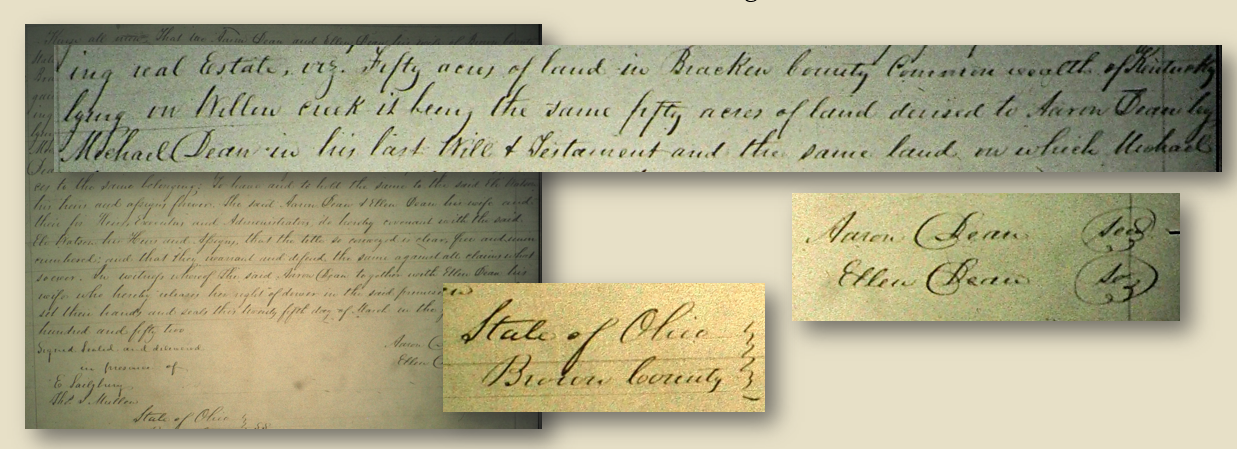
After this glorious find, the trail suddenly goes cold. I cannot find Aaron Dean in the 1850 Brown County census at all – and I even resorted to paging through each entry to catch a misspelled surname or similar family unit. I have searched other surrounding counties, and found nothing to match. Needless to say, I am still on the hunt for Aaron, and I need to take a trip north to dig into more physical records – but he has gifted me with marvelous clues to take forward!
An Ancestry Tree Yields More Clues:
 So – despite the forest of unsourced trees on Ancestry – I will occasionally search for a branch in the hopes of stumbling across a tree with valid sources attached to follow in my own research. While searching for more information about Michael, I stumbled upon a tree that included Michael and his (what I believe to be) erroneous Scottish birth. I went down the line back towards Mary, his daughter and my 4th great grandmother, when I hit at something unexpected. Whomever created this tree went to Abel and then to a black family in Ohio with the surname of “Freeman”! One of the ancestors, Joseph Riley Freeman, in his marriage record lists his own surname as “Freeman” and his father’s name as A. Dean and his mother as Eliza Robinson. The creator of the Ancestry tree believed that “A. Dean” was Abel T. Dean of Bracken/Pendleton Counties and attached his family as thus. But what I think just happened – is that the family had an inherited narrative stating that they were descended from Abel Dean, but when a record came along listing A. Dean as the father, they jumped to Abel, missing Aaron entirely. I think the generation just got disconnected and lost. Michael’s son, Abel, was only ever married to Nancy Seay, never an Eliza Robinson. But Eliza sure sounds similar to Ellen, who was listed on the deed transfer of 1852.
So – despite the forest of unsourced trees on Ancestry – I will occasionally search for a branch in the hopes of stumbling across a tree with valid sources attached to follow in my own research. While searching for more information about Michael, I stumbled upon a tree that included Michael and his (what I believe to be) erroneous Scottish birth. I went down the line back towards Mary, his daughter and my 4th great grandmother, when I hit at something unexpected. Whomever created this tree went to Abel and then to a black family in Ohio with the surname of “Freeman”! One of the ancestors, Joseph Riley Freeman, in his marriage record lists his own surname as “Freeman” and his father’s name as A. Dean and his mother as Eliza Robinson. The creator of the Ancestry tree believed that “A. Dean” was Abel T. Dean of Bracken/Pendleton Counties and attached his family as thus. But what I think just happened – is that the family had an inherited narrative stating that they were descended from Abel Dean, but when a record came along listing A. Dean as the father, they jumped to Abel, missing Aaron entirely. I think the generation just got disconnected and lost. Michael’s son, Abel, was only ever married to Nancy Seay, never an Eliza Robinson. But Eliza sure sounds similar to Ellen, who was listed on the deed transfer of 1852.
To make matters more poignant, the family included James Riley Freeman’s nickname “Joe Dean” – and his youngest daughter, as listed on this tree was named “Jennie”. This newly discovered family then includes other surnames in later generations: Ward, Milton, Phoenix, Merritt, Epps, etc. With locations: Greene and Clinton Counties, Ohio + Indianapolis Indiana.
As a result – I would LOVE to connect with the person who runs the Peacock Family Tree on Ancestry – I think we have much to chat about!
Research Takeaways:
 Obviously, I have a lot more work to do in order to confirm my surname change suspicions – and the rest of the story will depend on my findings. But the journey so far has been remarkable, and I can’t wait for the next chapter! My goal: Hugging my newly found cousins – if I can find them – and IF they want a hug (respecting their wishes, of course.)
Obviously, I have a lot more work to do in order to confirm my surname change suspicions – and the rest of the story will depend on my findings. But the journey so far has been remarkable, and I can’t wait for the next chapter! My goal: Hugging my newly found cousins – if I can find them – and IF they want a hug (respecting their wishes, of course.)
The lesson I learned through all of this, is that so many of our brick walls are held up by centuries of whitewashing. In most cases, on purpose. In a few cases, due to a really twisted and vile version of the telephone game. But do we truly understand the magnitude of expanding our research methodology, and the resulting ripple effect of belonging and healing that can follow?
Genealogy Truth Bomb:
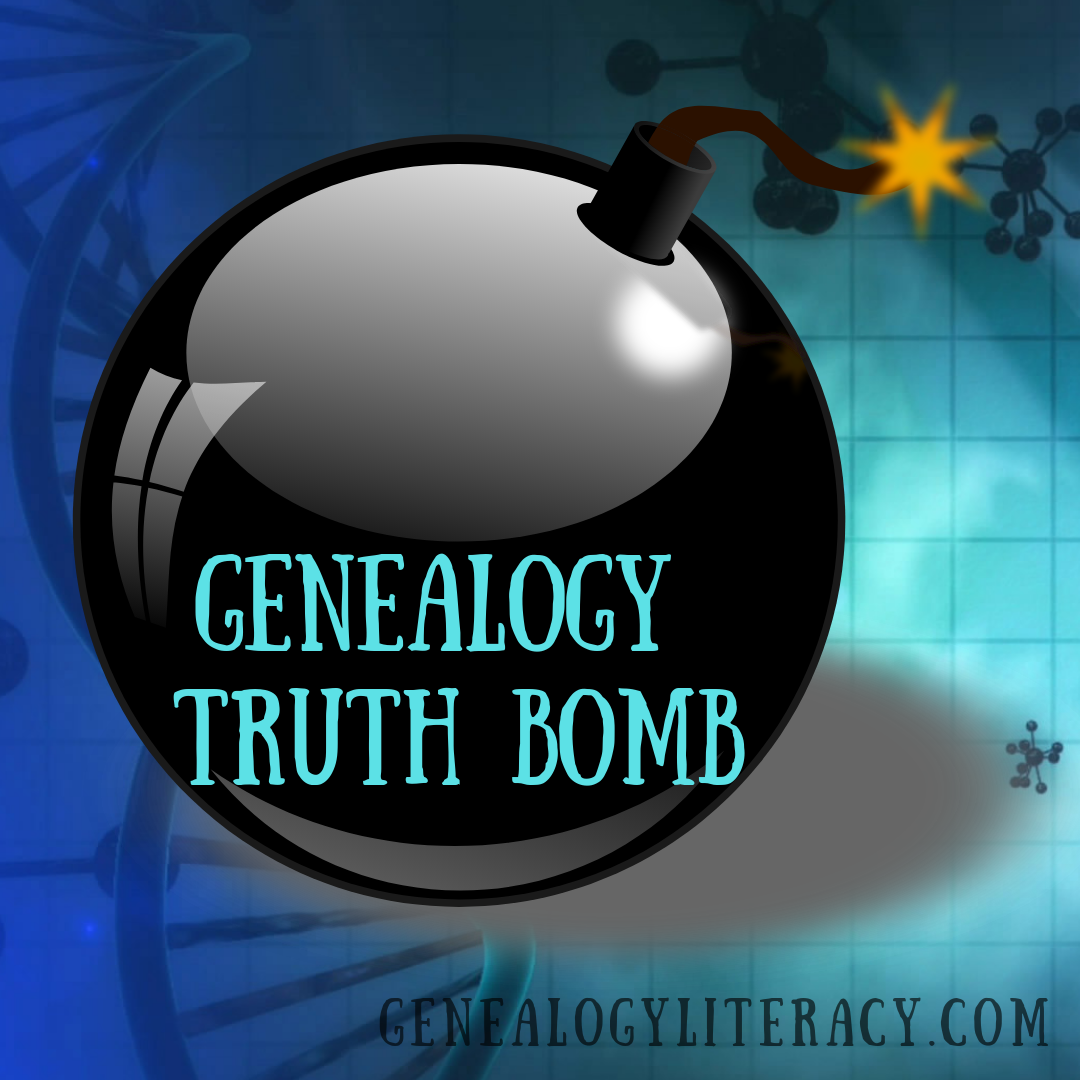 We have got to practice a more robust and inclusive FAN Club approach! Because I’m going to be really frank here – How dare we ever consider our research to be thorough if we profess to practice the FAN approach and ignore a significant portion of our family’s community and familial network simply because of race?! If we alter our research approach to practice a fully inclusive strategy, there is a high likelihood that we will demolish a multitude of mutual brick walls, as well as unite long separated families and begin the process of telling a more accurate history of our communities and our country.
We have got to practice a more robust and inclusive FAN Club approach! Because I’m going to be really frank here – How dare we ever consider our research to be thorough if we profess to practice the FAN approach and ignore a significant portion of our family’s community and familial network simply because of race?! If we alter our research approach to practice a fully inclusive strategy, there is a high likelihood that we will demolish a multitude of mutual brick walls, as well as unite long separated families and begin the process of telling a more accurate history of our communities and our country.
Happy Researching, Y’all!

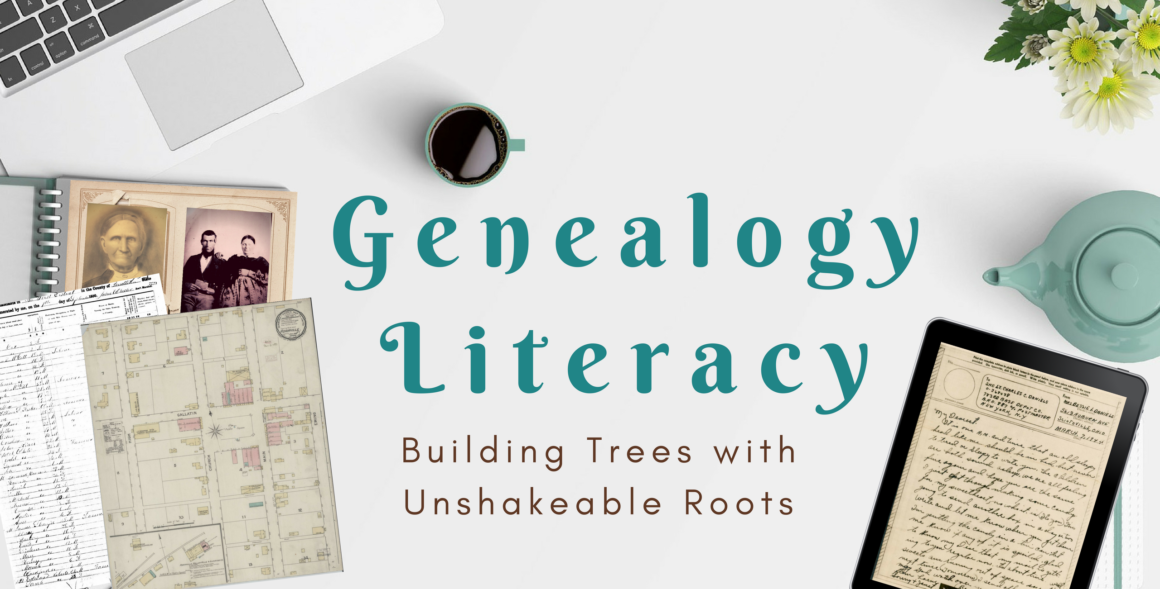
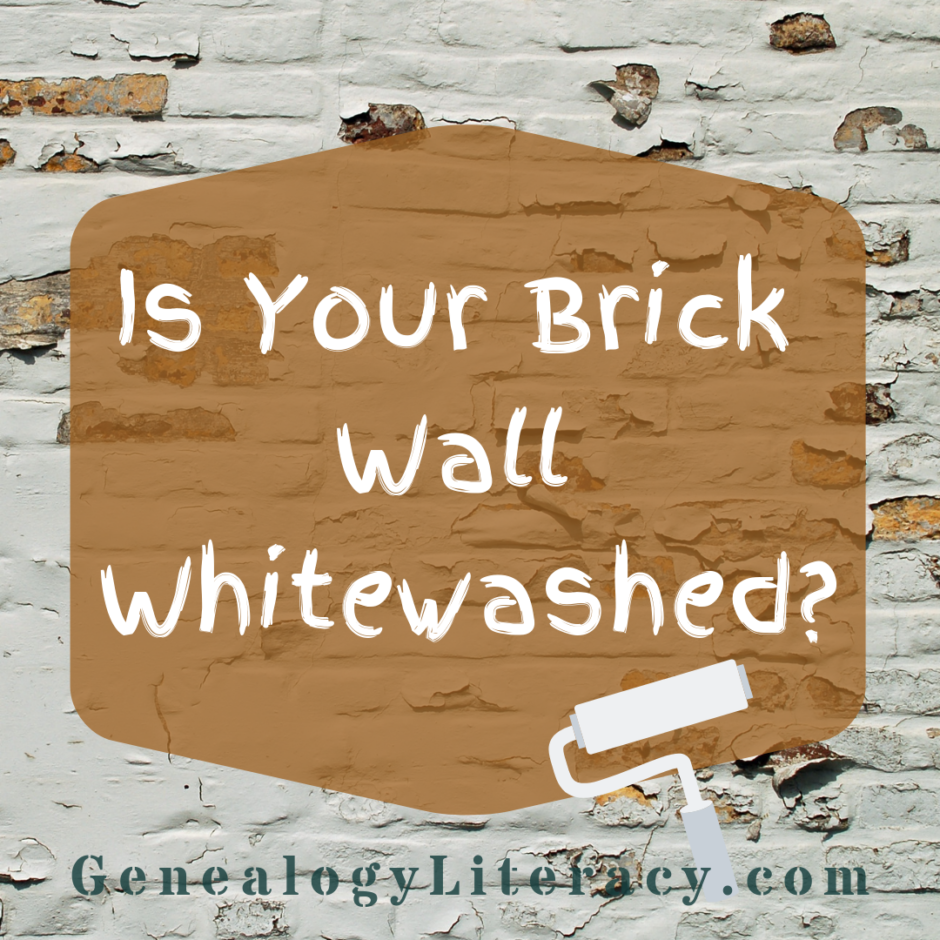
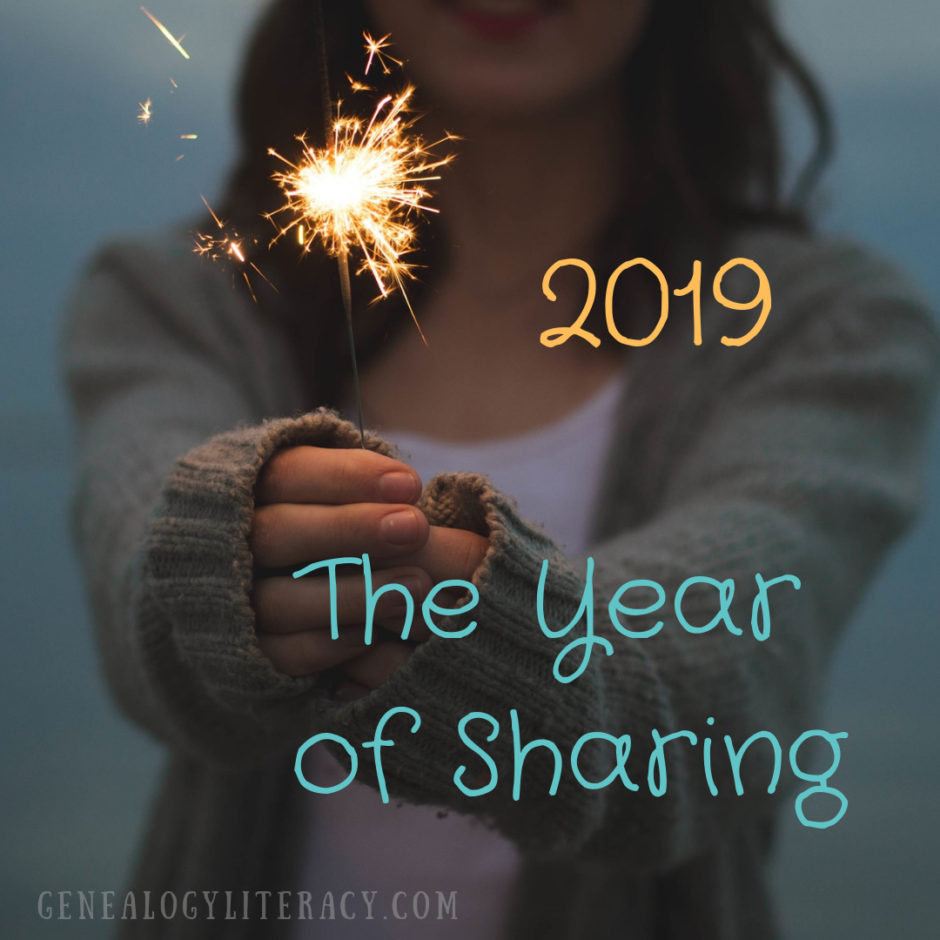

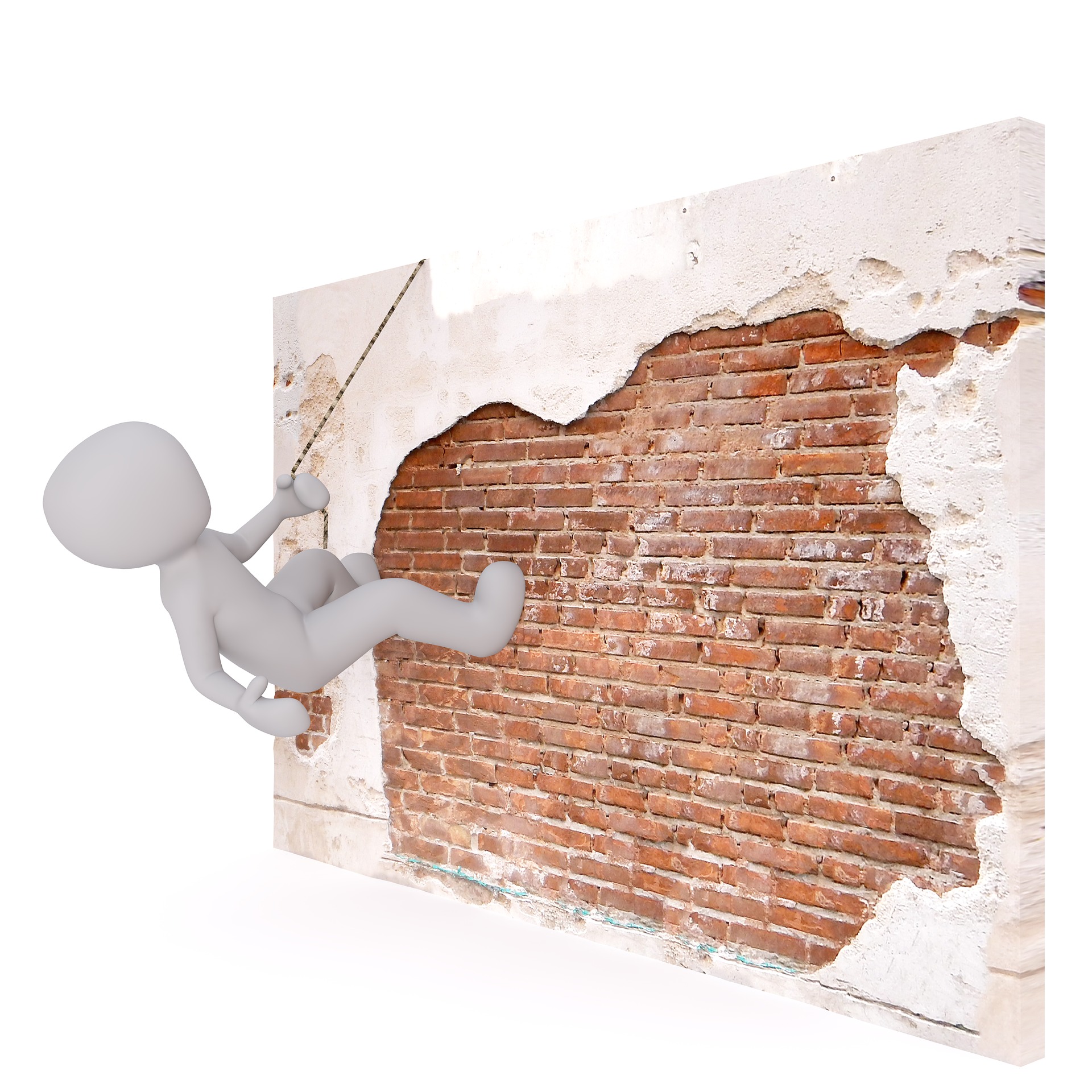 I lost almost 20 pounds, gradually, and even with the weather change, I have not gained anything back, and will gently continue my efforts to get out more, and look for opportunities to enhance this healthy alteration; Being gentle with myself, and not harsh when I take a break or indulge in a guilty treat – celebrating by encouraging myself to continue the good work, instead of internally chastising for a missed step. This approach is also a good rule of thumb concerning our research efforts – be gentle with ourselves, and celebrate our accomplishments along the way.
I lost almost 20 pounds, gradually, and even with the weather change, I have not gained anything back, and will gently continue my efforts to get out more, and look for opportunities to enhance this healthy alteration; Being gentle with myself, and not harsh when I take a break or indulge in a guilty treat – celebrating by encouraging myself to continue the good work, instead of internally chastising for a missed step. This approach is also a good rule of thumb concerning our research efforts – be gentle with ourselves, and celebrate our accomplishments along the way.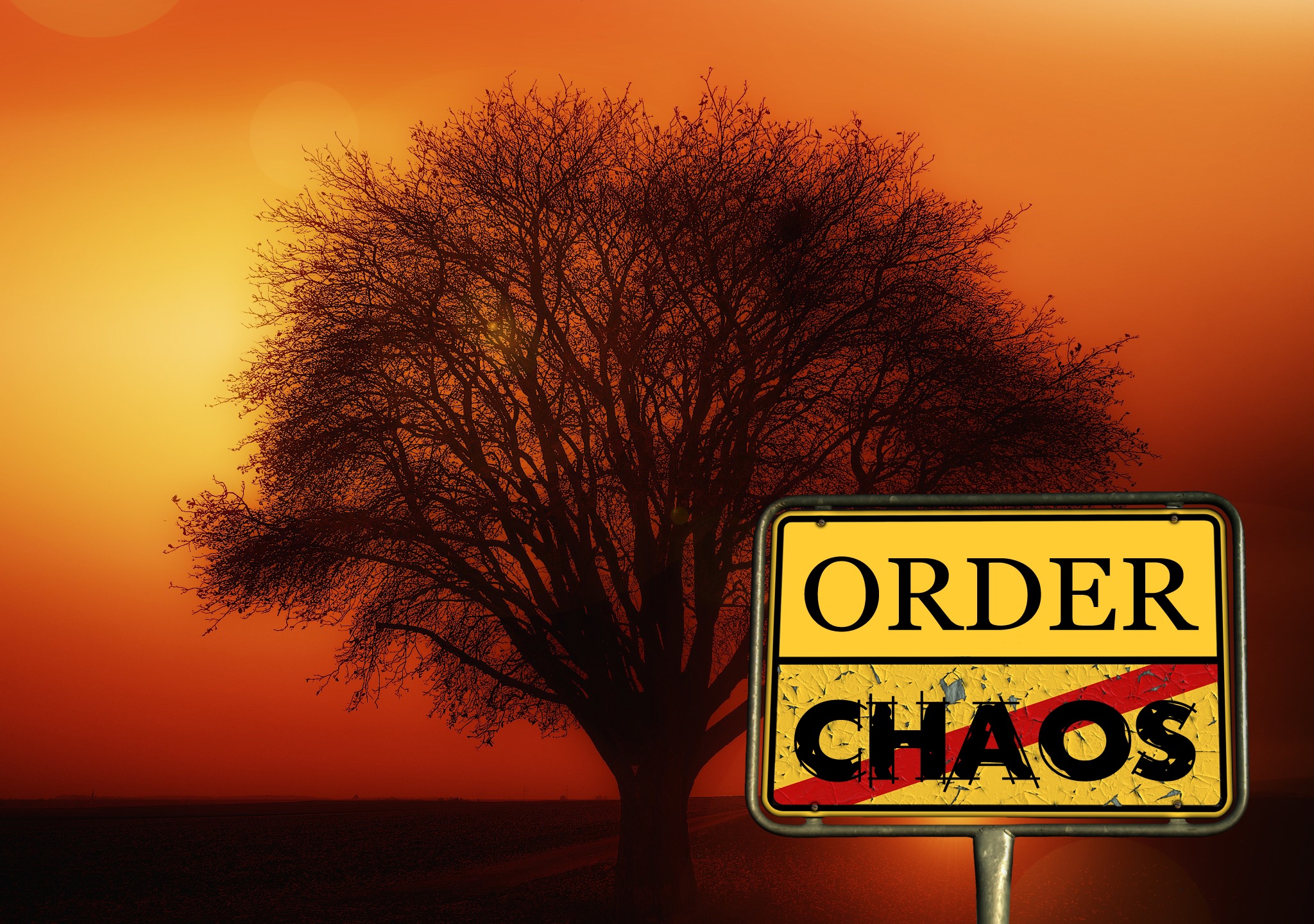 Another area that caught my attention in 2018 was the amount of clutter in my home. With each house cleaning session, I made a point to throw away or remove via donation, a small amount of items which held no further meaning, neither intrinsic nor sentimental. Over the course of the year, I made 5 carload trips to Goodwill, and disposed of 7 large trash bags of paper junk. The end result: I was finally able to settle all of my family archives into their proper housing containers, and should any emergency occur, I can lay my hands on a few small boxes with the most important items. Now, when someone asks for a copy of a photo, I can go right to the proper location and digitize at will.
Another area that caught my attention in 2018 was the amount of clutter in my home. With each house cleaning session, I made a point to throw away or remove via donation, a small amount of items which held no further meaning, neither intrinsic nor sentimental. Over the course of the year, I made 5 carload trips to Goodwill, and disposed of 7 large trash bags of paper junk. The end result: I was finally able to settle all of my family archives into their proper housing containers, and should any emergency occur, I can lay my hands on a few small boxes with the most important items. Now, when someone asks for a copy of a photo, I can go right to the proper location and digitize at will. With the above accomplishment that evolved over the course of 2018, and while preparing similarly relevant material for my talk at
With the above accomplishment that evolved over the course of 2018, and while preparing similarly relevant material for my talk at 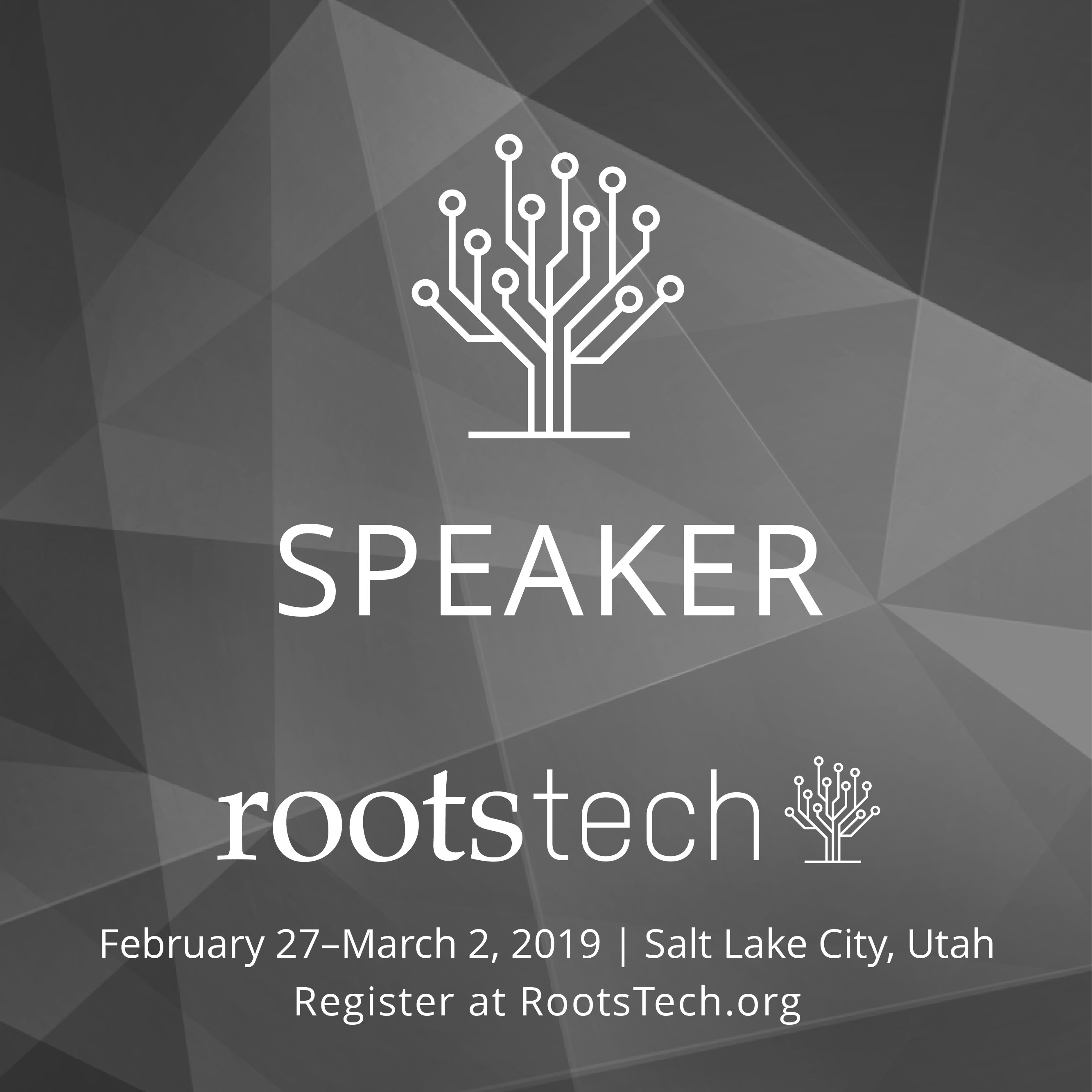 A sharing lifestyle is fluid and looks for a variety of sharing opportunities. My upcoming session at
A sharing lifestyle is fluid and looks for a variety of sharing opportunities. My upcoming session at 
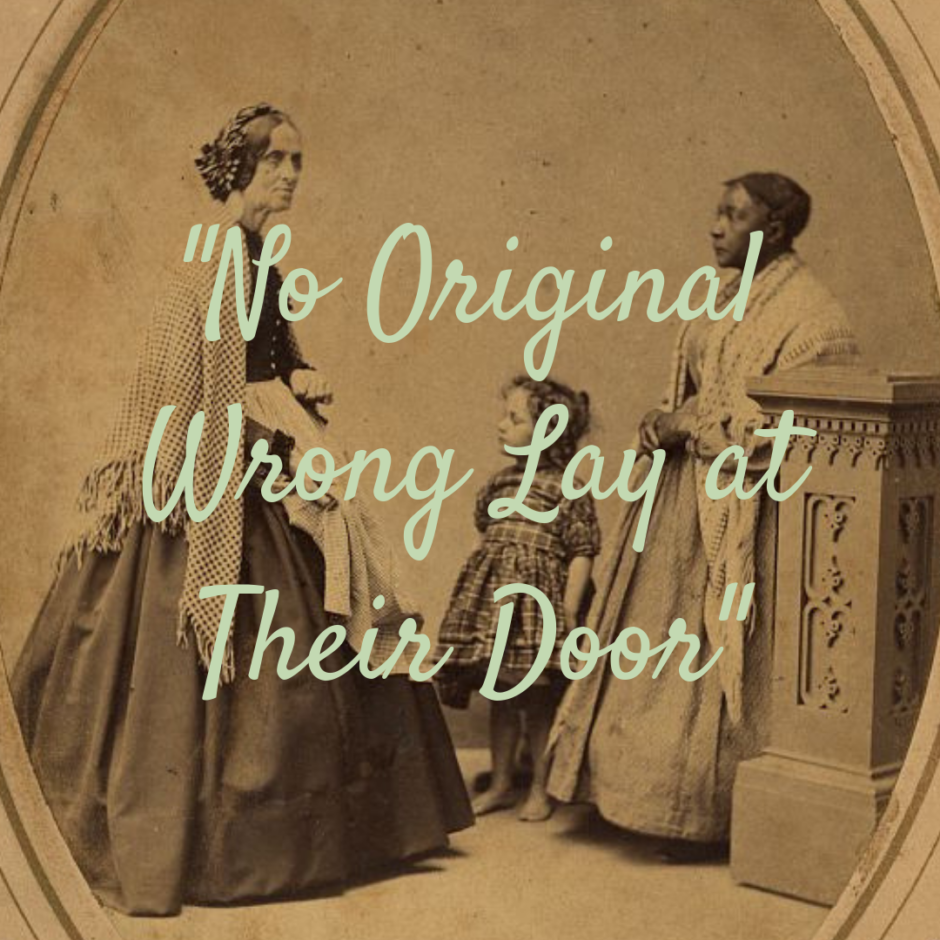


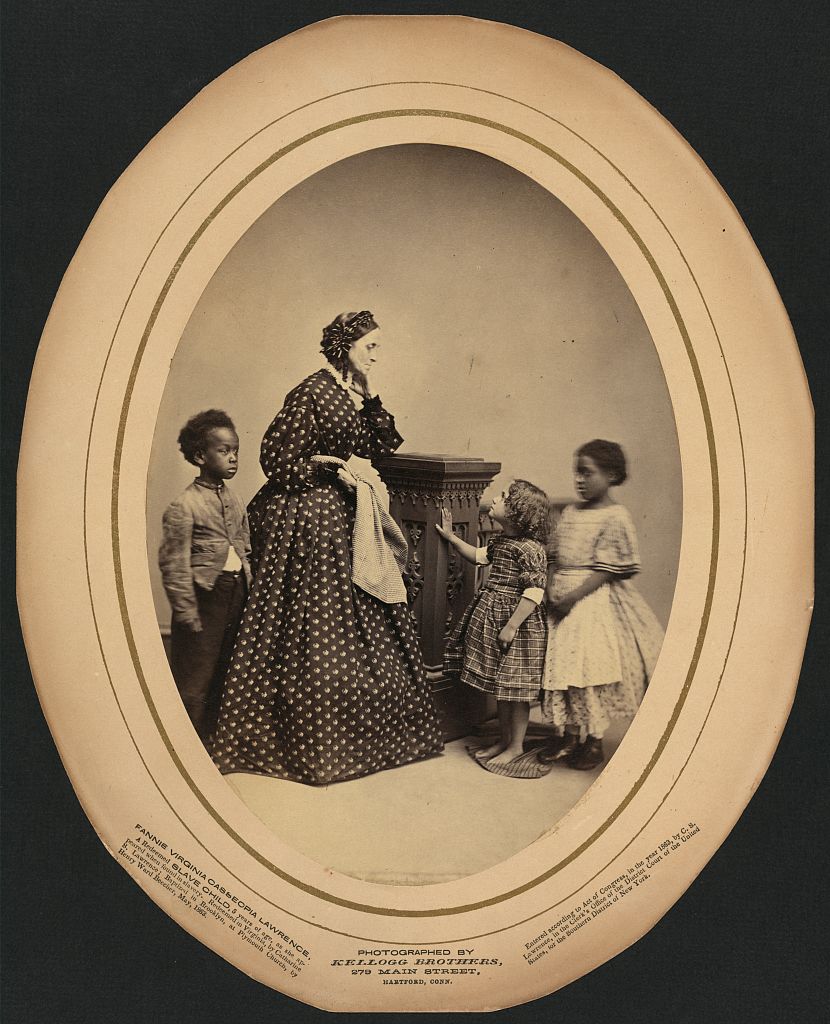 Which is why this soldier’s words made me catch my breath. When describing the rationale behind fighting to keep the system of slavery in place, it appears that there was no guilt associated with their belief – which was not a complete surprise, in its essence. But this lack of guilt was based on the actions of their ancestors. In his words:
Which is why this soldier’s words made me catch my breath. When describing the rationale behind fighting to keep the system of slavery in place, it appears that there was no guilt associated with their belief – which was not a complete surprise, in its essence. But this lack of guilt was based on the actions of their ancestors. In his words: We know our trees. We’ve been researching them for years – decades even. When examining the fabric of our family, we understand the complexity of the weave. And even though the guilt of slavery may not be on our generation, if we examine the fabric close enough, we can see the threads of our own guilt. We carry the guilt of our own generation. What does that guilt look like? It looks like apathy. It looks like an oblivious existence of comfort. It looks like trees without diversity – and trust me – if you have no diversity in your tree, you are not searching hard enough, or you are choosing to prune away the uncomfortably branches. DNA is lighting up our trees with colorful leaves that we did not know of, or we chose not to see due to that heavy fabric we kept as a blindfold.
We know our trees. We’ve been researching them for years – decades even. When examining the fabric of our family, we understand the complexity of the weave. And even though the guilt of slavery may not be on our generation, if we examine the fabric close enough, we can see the threads of our own guilt. We carry the guilt of our own generation. What does that guilt look like? It looks like apathy. It looks like an oblivious existence of comfort. It looks like trees without diversity – and trust me – if you have no diversity in your tree, you are not searching hard enough, or you are choosing to prune away the uncomfortably branches. DNA is lighting up our trees with colorful leaves that we did not know of, or we chose not to see due to that heavy fabric we kept as a blindfold.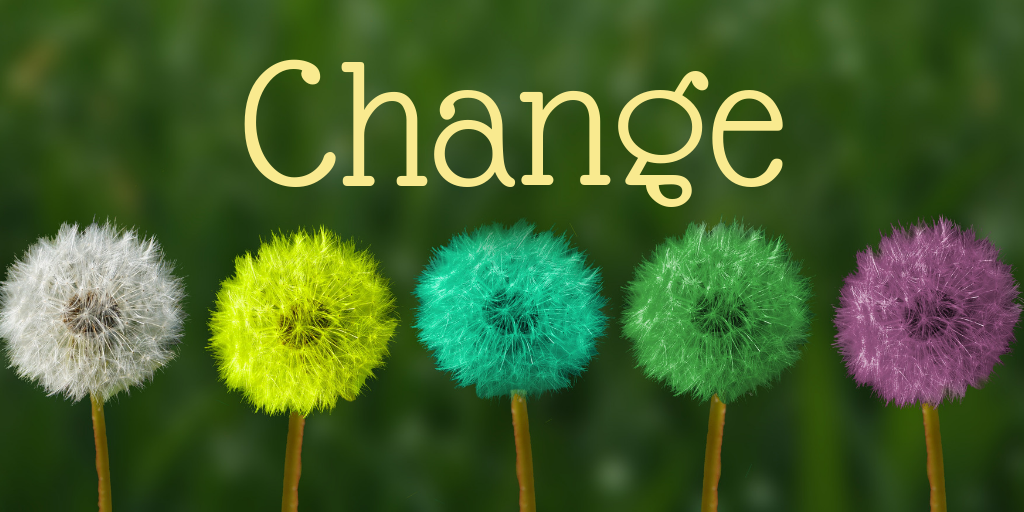
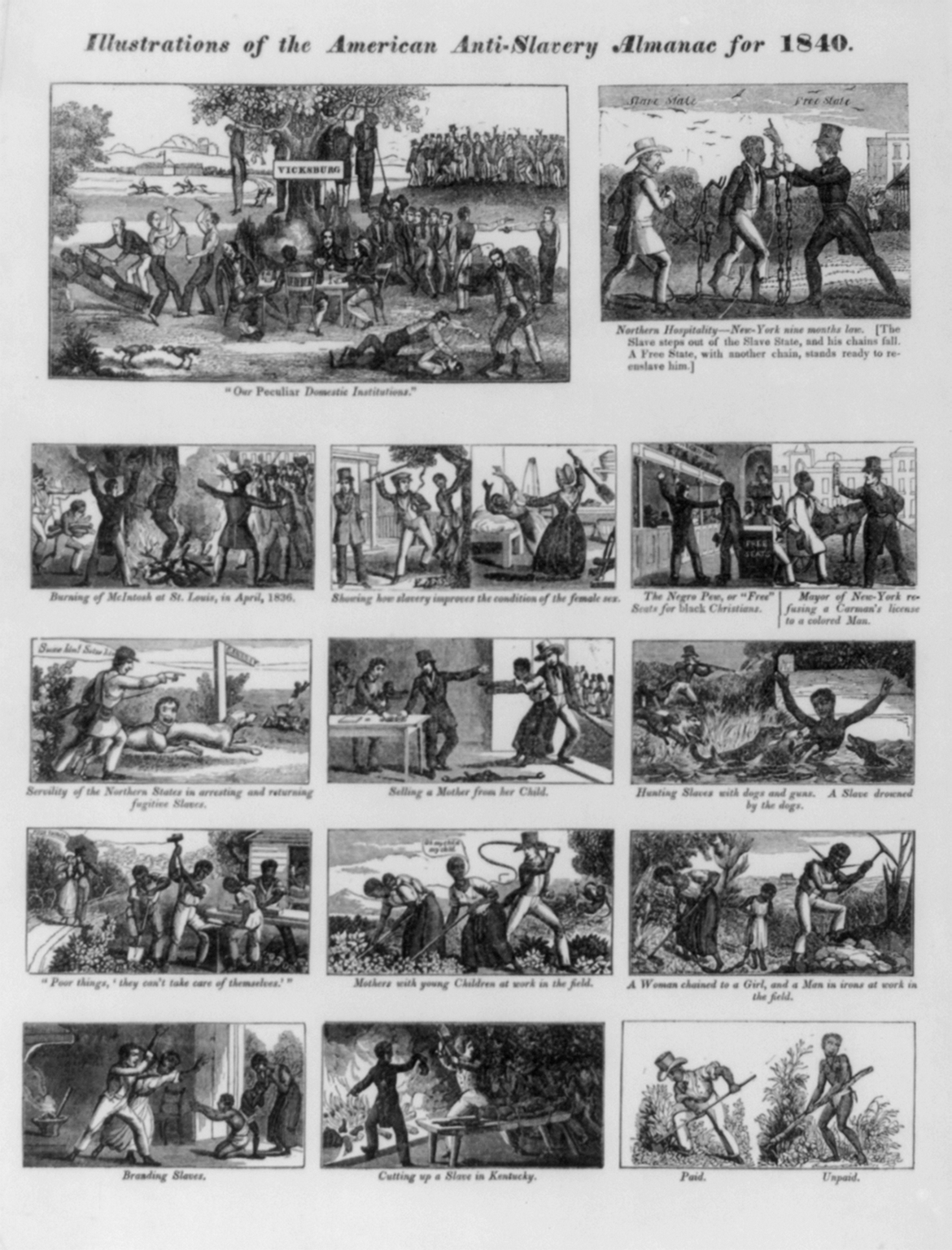 I am also increasingly disheartened by the low numbers of white folks attending programs or sessions presented on African American genealogy/history – and other non-anglo based classes for that matter. It is shameful how few attend these wonderful classes. Go ahead and tell yourself that you don’t attend because it doesn’t apply to your research or ancestry – go ahead – just try. Because that doesn’t wash! If your ancestors were here beyond one generation, let alone before the Civil War, your family was a part of that history. What if you can’t find a slave owner in your tree? Congratulations, but did your family benefit from the slave economy? Of course they did. That network/system was in place for generations, and your ancestors were a part of it, whether they actively traded in human flesh as a commodity or not. They chose a side in the War driven by slavery – do you really think their side of choice was simply due to geography? Of course not – the issues leading up to that war were numerous and important to most. The records used to research enslaved families involved white owner families – so take a positive step and attend more of these sessions! I guarantee you will learn something helpful about your own research, and are sure to learn more about how our families can connect on a deeper level!
I am also increasingly disheartened by the low numbers of white folks attending programs or sessions presented on African American genealogy/history – and other non-anglo based classes for that matter. It is shameful how few attend these wonderful classes. Go ahead and tell yourself that you don’t attend because it doesn’t apply to your research or ancestry – go ahead – just try. Because that doesn’t wash! If your ancestors were here beyond one generation, let alone before the Civil War, your family was a part of that history. What if you can’t find a slave owner in your tree? Congratulations, but did your family benefit from the slave economy? Of course they did. That network/system was in place for generations, and your ancestors were a part of it, whether they actively traded in human flesh as a commodity or not. They chose a side in the War driven by slavery – do you really think their side of choice was simply due to geography? Of course not – the issues leading up to that war were numerous and important to most. The records used to research enslaved families involved white owner families – so take a positive step and attend more of these sessions! I guarantee you will learn something helpful about your own research, and are sure to learn more about how our families can connect on a deeper level!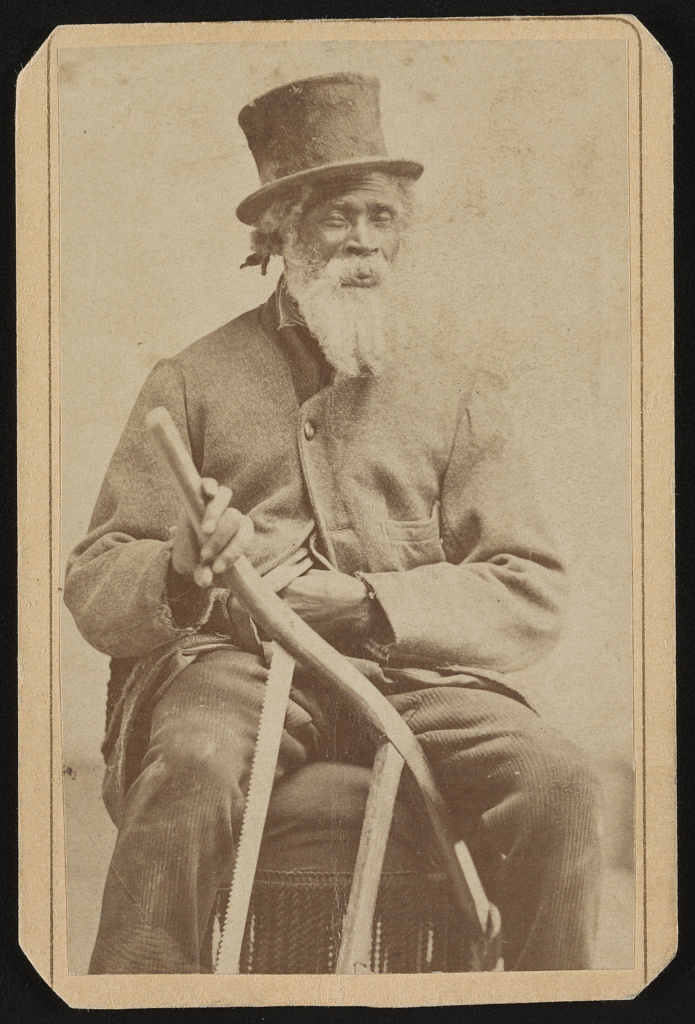 As speakers and genealogy teachers, we are quick to promote context as a way of understanding our ancestors’ lives and their motivations for life choices. If we continue to preach context and fail to promote digging into African American historical subjects, we are choosing to foster an atmosphere of division. How arrogant are we that we ignore the historical subjects of diverse American groups because we have arrogantly, and erroneously, determined that they do not fit into our family tree?
As speakers and genealogy teachers, we are quick to promote context as a way of understanding our ancestors’ lives and their motivations for life choices. If we continue to preach context and fail to promote digging into African American historical subjects, we are choosing to foster an atmosphere of division. How arrogant are we that we ignore the historical subjects of diverse American groups because we have arrogantly, and erroneously, determined that they do not fit into our family tree?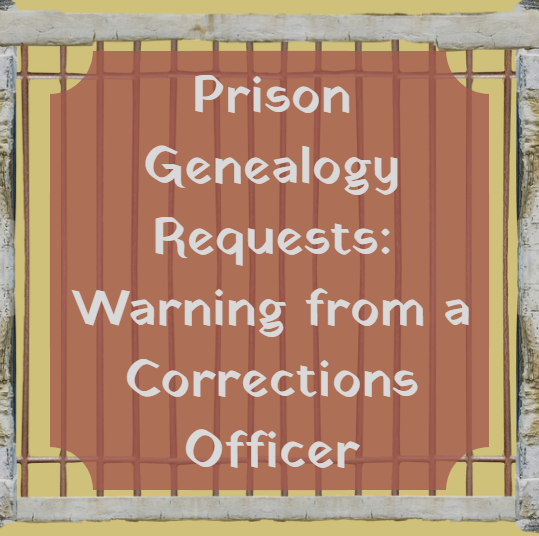


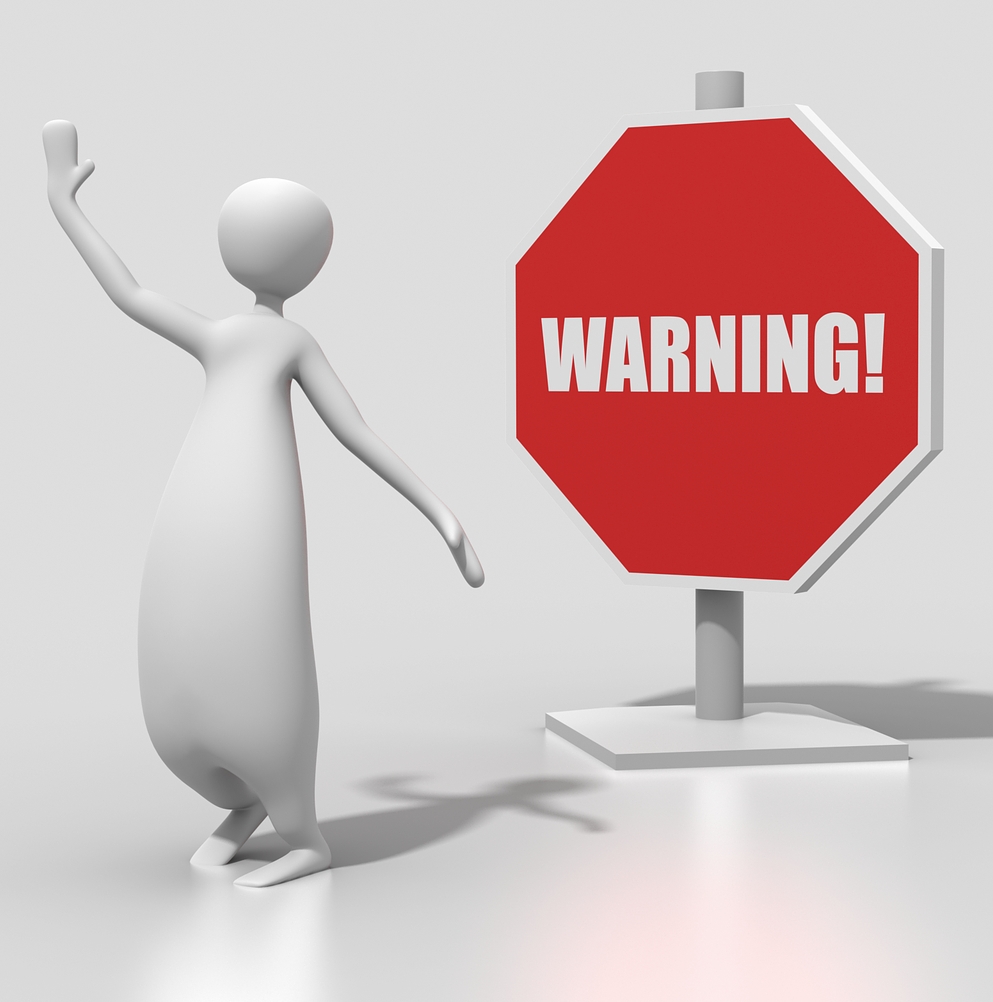
 Does her phone call remove my desire to help them? Not really, but it does allow me to analyze their requests with a much more knowledgeable eye. In the new book, Genealogy and the Librarian, there is a wonderful chapter by Katherine Aydelott from the University of New Hampshire, detailing her lengthy correspondence with an inmate, and how she helped him fill in a lot of his family tree – later discovering that they were 8th cousins (pg.203). But even with this rewarding research relationship, she advises that all correspondence should remain professional, and to adhere to your organization’s policies. In my library’s case, our policy clearly states we will not conduct research without pre-payment. Yes, we have bent the rules slightly when someone just needed a small piece of info that was easily provided – which fit well into my previous pattern of helping with one small page of info easily copied or printed out – but her phone call made me realize that even this small tidbit could have serious consequences.
Does her phone call remove my desire to help them? Not really, but it does allow me to analyze their requests with a much more knowledgeable eye. In the new book, Genealogy and the Librarian, there is a wonderful chapter by Katherine Aydelott from the University of New Hampshire, detailing her lengthy correspondence with an inmate, and how she helped him fill in a lot of his family tree – later discovering that they were 8th cousins (pg.203). But even with this rewarding research relationship, she advises that all correspondence should remain professional, and to adhere to your organization’s policies. In my library’s case, our policy clearly states we will not conduct research without pre-payment. Yes, we have bent the rules slightly when someone just needed a small piece of info that was easily provided – which fit well into my previous pattern of helping with one small page of info easily copied or printed out – but her phone call made me realize that even this small tidbit could have serious consequences.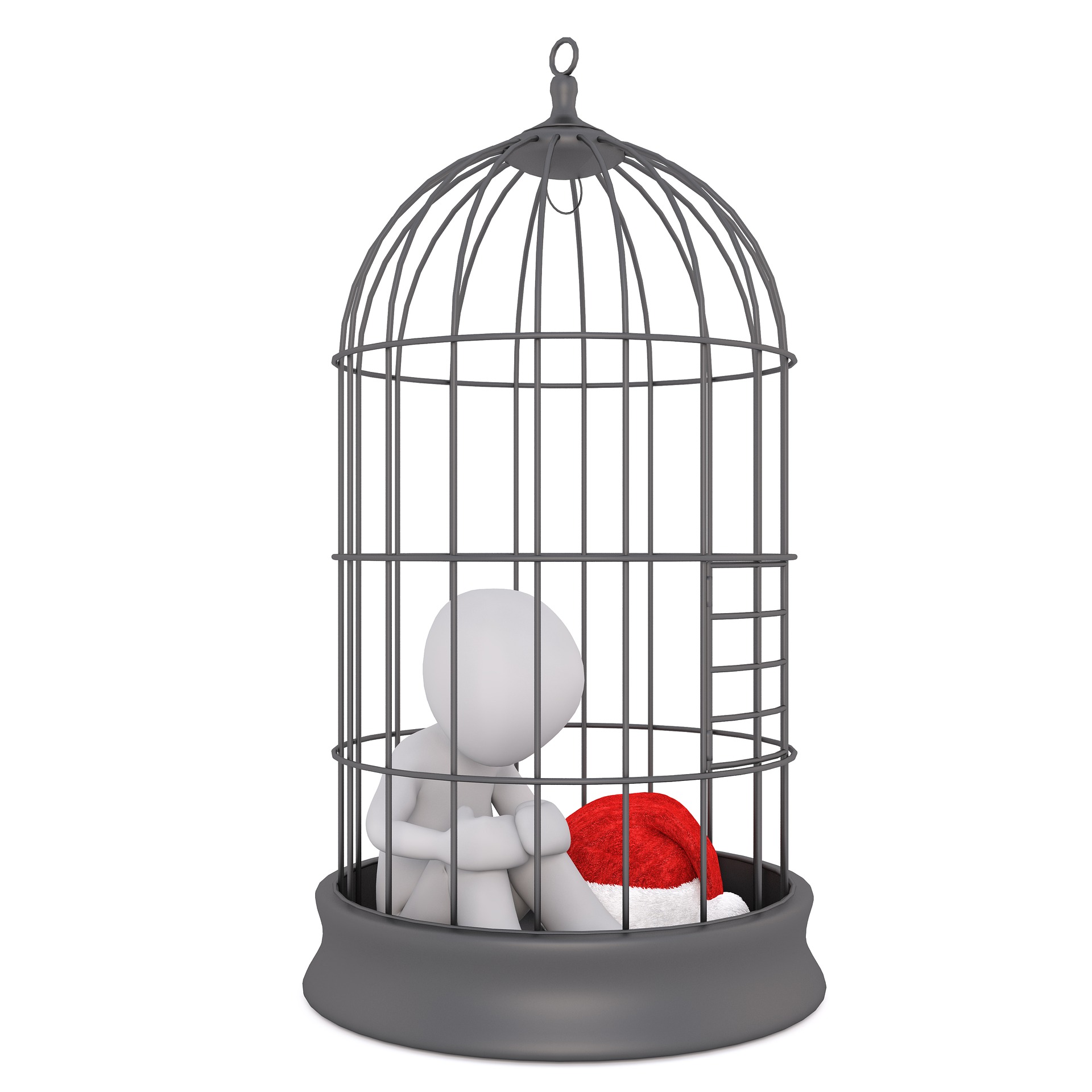
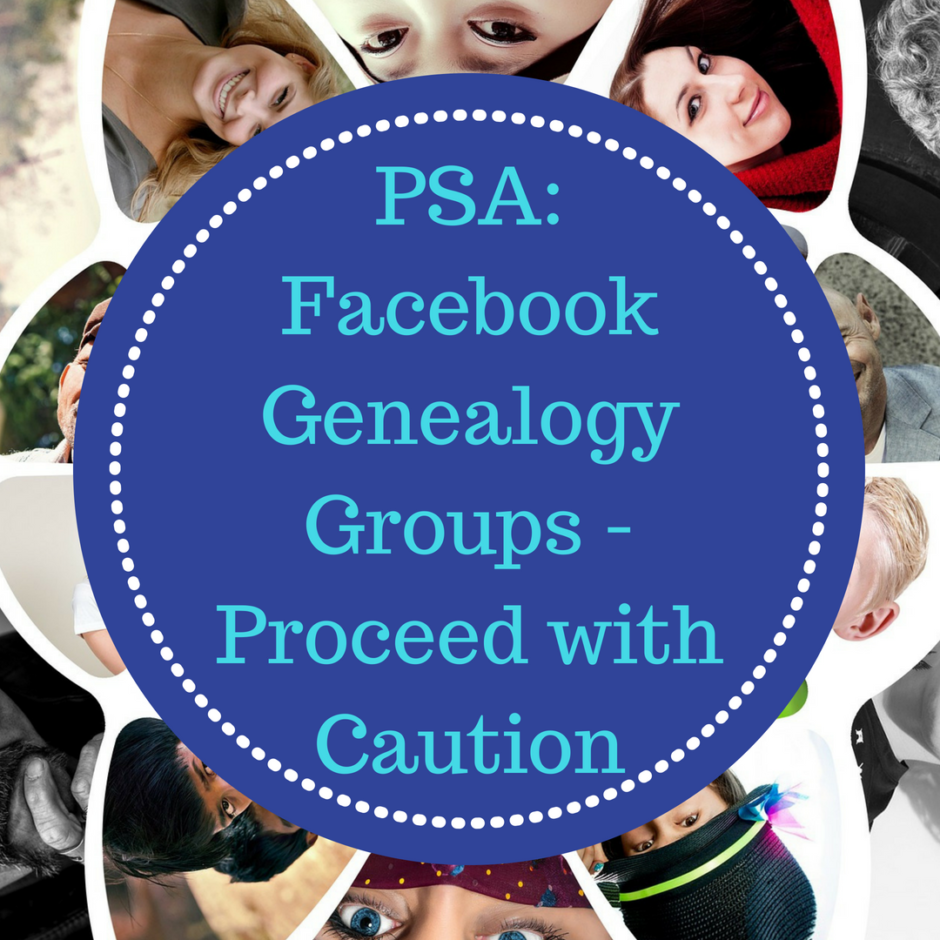
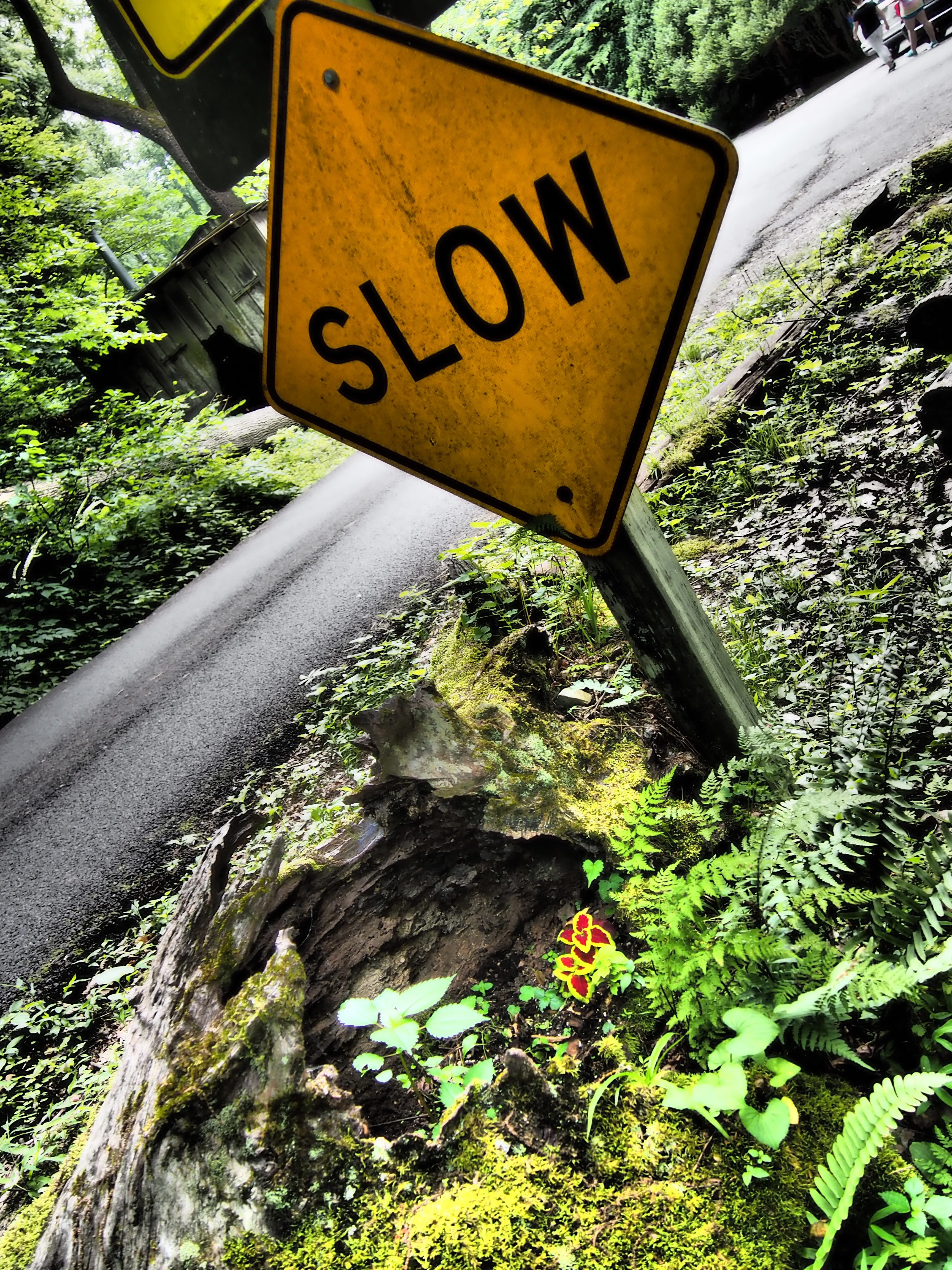 As much as I hate to say this, it’s time we get smart and vet our memberships to Facebook Genealogy Groups. Just this morning I was scolded and publicly shamed in a very popular Facebook Genealogy group that contains over 16,000 members. My crime? Asking a poster (within a comment string) to consider sharing her state specific story with our state historical society publication – which happens to be a free educational resource for all – created and hosted by a government archival/artifact repository. Good grief!
As much as I hate to say this, it’s time we get smart and vet our memberships to Facebook Genealogy Groups. Just this morning I was scolded and publicly shamed in a very popular Facebook Genealogy group that contains over 16,000 members. My crime? Asking a poster (within a comment string) to consider sharing her state specific story with our state historical society publication – which happens to be a free educational resource for all – created and hosted by a government archival/artifact repository. Good grief!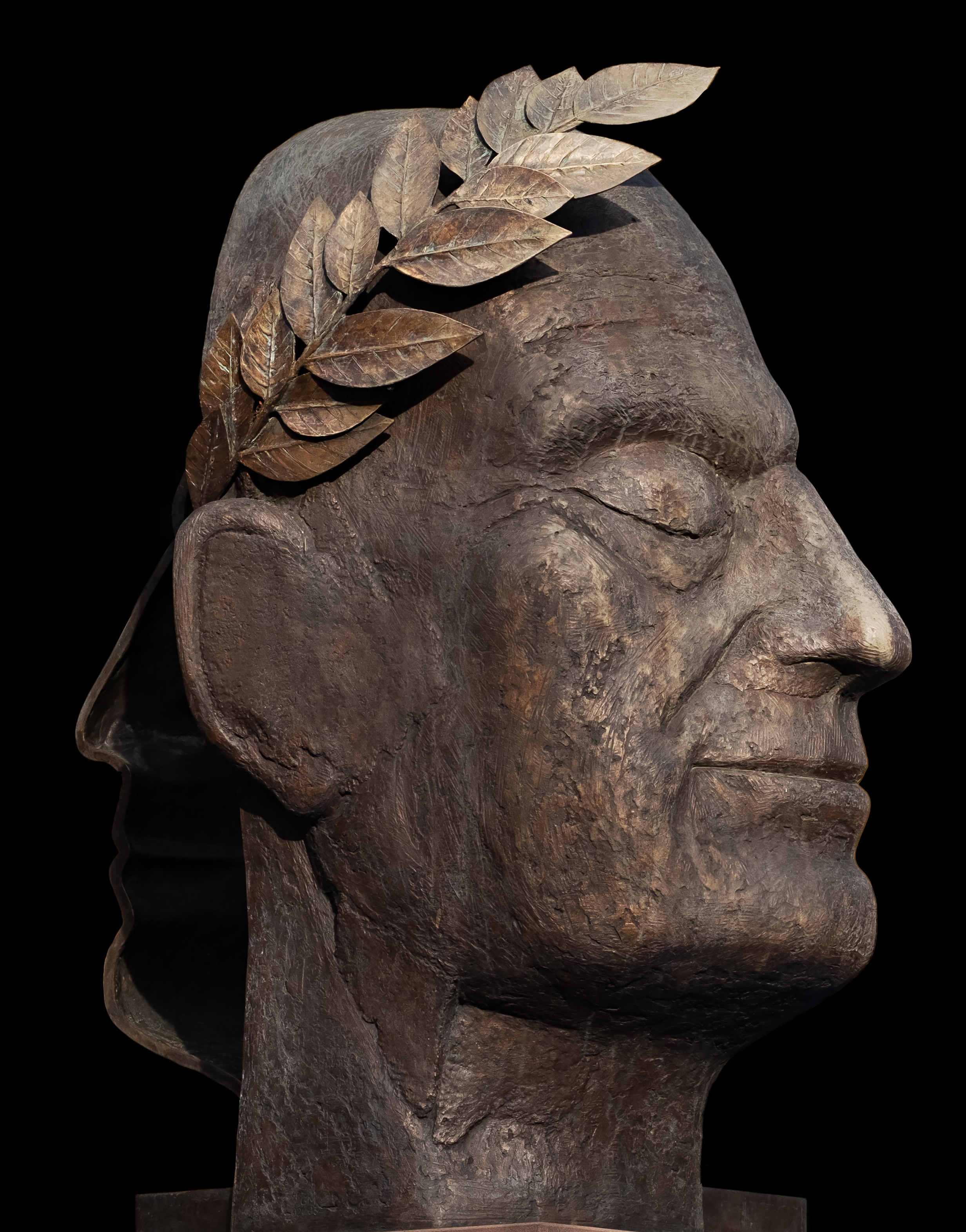 Unfortunately, my apology and clarification that this was not in their rules (because, you know, I researched their own rules list) simply fanned the flames, and it was apparent that, just like Caesar, the offense was declared, judgement and punishment were handed out and no words of defence would be accepted. So let it be written, so let it be done! Sorry folks, that is an environment that is contrary to the world of kindness I know to be genealogy.
Unfortunately, my apology and clarification that this was not in their rules (because, you know, I researched their own rules list) simply fanned the flames, and it was apparent that, just like Caesar, the offense was declared, judgement and punishment were handed out and no words of defence would be accepted. So let it be written, so let it be done! Sorry folks, that is an environment that is contrary to the world of kindness I know to be genealogy. The best genealogy groups are usually topic or location specific. Local genealogy groups by state or county are research/dialog rock stars! They provide invaluable insights to those of us who are out of town – a true “pay-it-forward” kindness in the form of “boots on the ground” volunteers. It is apparent that they love their community and want to share the historical/genealogical love. I have been the recipient of many acts of genealogy kindness from these research angels, which demonstrates the goodness and kindness of the genealogy community, and why Facebook is still a place to get some rock-solid advice and assistance.
The best genealogy groups are usually topic or location specific. Local genealogy groups by state or county are research/dialog rock stars! They provide invaluable insights to those of us who are out of town – a true “pay-it-forward” kindness in the form of “boots on the ground” volunteers. It is apparent that they love their community and want to share the historical/genealogical love. I have been the recipient of many acts of genealogy kindness from these research angels, which demonstrates the goodness and kindness of the genealogy community, and why Facebook is still a place to get some rock-solid advice and assistance.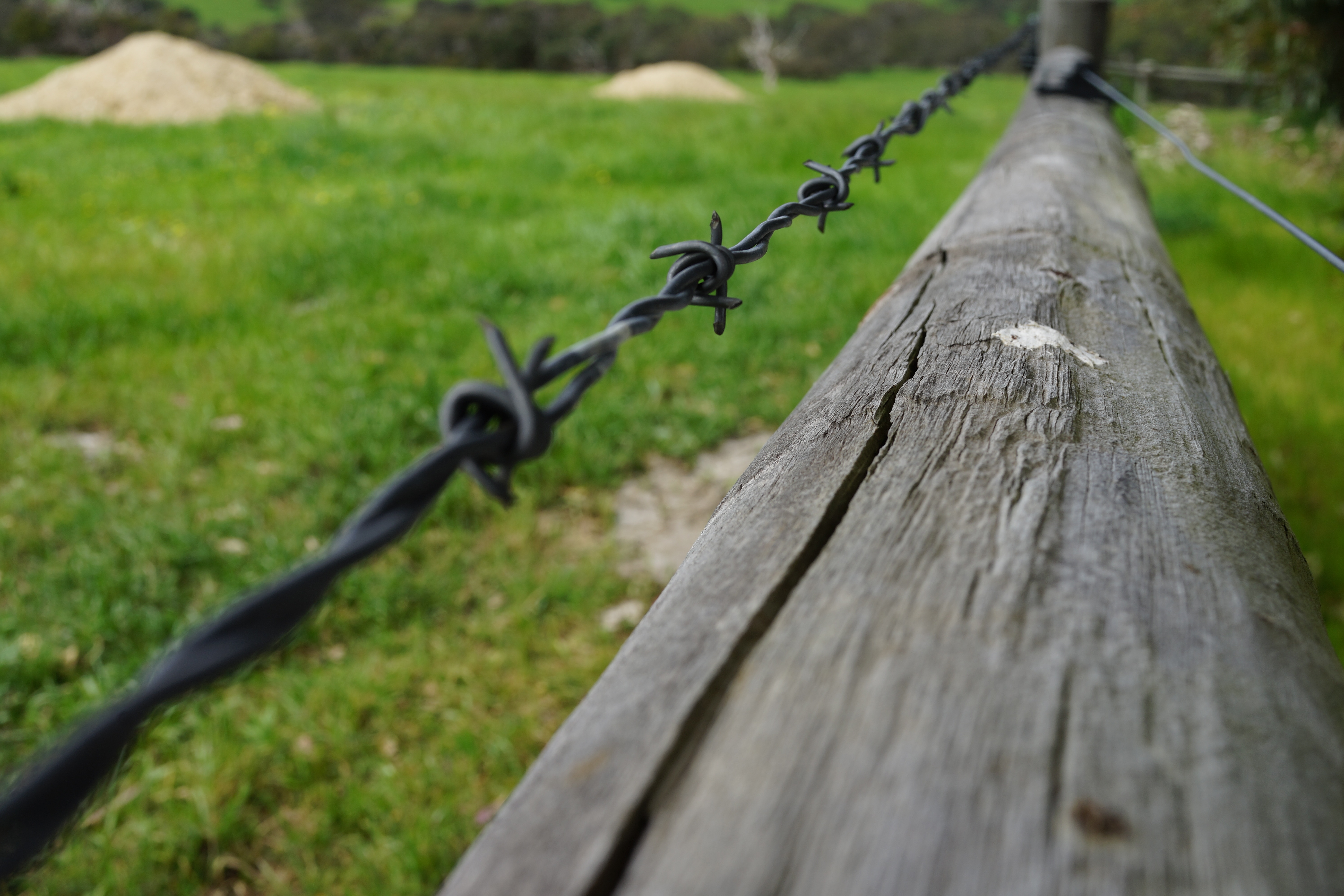 The least helpful groups out there are usually too broad in focus to provide much more than cute memes and a burgoo of stories that might be fun, or might be silly, but do not provide much educational advice or meaningful dialog. Their topics are so various that following along becomes mentally exhausting, with little educational meat to show for your efforts. In worst case scenarios, the atmosphere turns toxic, with rampant criticism, insults, shaming, bullying, which often begins with or is encouraged by the behavior of the admins.
The least helpful groups out there are usually too broad in focus to provide much more than cute memes and a burgoo of stories that might be fun, or might be silly, but do not provide much educational advice or meaningful dialog. Their topics are so various that following along becomes mentally exhausting, with little educational meat to show for your efforts. In worst case scenarios, the atmosphere turns toxic, with rampant criticism, insults, shaming, bullying, which often begins with or is encouraged by the behavior of the admins. When you become a new member, take a really close look around before engaging with the other members. Read all group policies or rules FIRST before commenting OR posting ANYTHING! Also, be sure to read the comments below these rules – they can be very telling. In the group that bullied me this morning, there was a telltale comment from another victim that had simply posted a small story about a relative that had died, which included a link to the obit. As she was grieving, she didn’t notice the link included a Go Fund Me section for family assistance. She was apologetic, but it was clear from the conversation that the admins would not back down on their rebuke. As she was clearly sad after losing a loved one, this admin behavior was particularly mean spirited. Of course, I didn’t see this until I started poking around after my own rebuke.
When you become a new member, take a really close look around before engaging with the other members. Read all group policies or rules FIRST before commenting OR posting ANYTHING! Also, be sure to read the comments below these rules – they can be very telling. In the group that bullied me this morning, there was a telltale comment from another victim that had simply posted a small story about a relative that had died, which included a link to the obit. As she was grieving, she didn’t notice the link included a Go Fund Me section for family assistance. She was apologetic, but it was clear from the conversation that the admins would not back down on their rebuke. As she was clearly sad after losing a loved one, this admin behavior was particularly mean spirited. Of course, I didn’t see this until I started poking around after my own rebuke.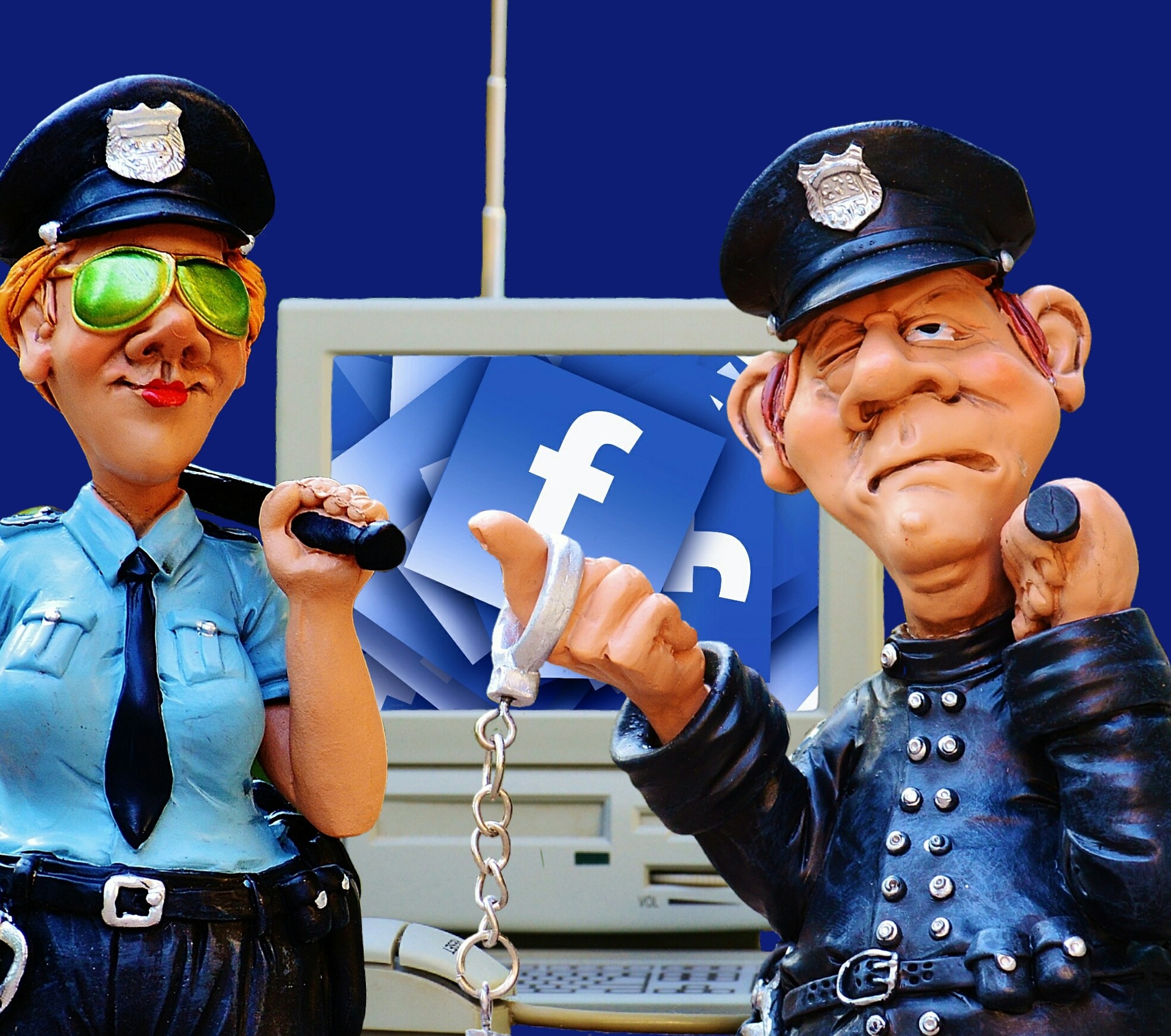 Go over the admin list, their genealogy backgrounds, and their past interactions among the group. I have been a FB group admin many times in the past, and I can tell you it’s a thankless job with many hours spent wrangling trolls and herding cats. But if the admins have no genealogical educational/professional background and they are truly hobbyists that do not help educate others, walk away quickly or their rule police will haul you away at any perceived infraction! Also a red flag: When they declare the group to be a “drama free zone” they’re not talking about themselves – just you! The admins can be as dramatic as they like, and you have no power against it – so again, leave quickly!
Go over the admin list, their genealogy backgrounds, and their past interactions among the group. I have been a FB group admin many times in the past, and I can tell you it’s a thankless job with many hours spent wrangling trolls and herding cats. But if the admins have no genealogical educational/professional background and they are truly hobbyists that do not help educate others, walk away quickly or their rule police will haul you away at any perceived infraction! Also a red flag: When they declare the group to be a “drama free zone” they’re not talking about themselves – just you! The admins can be as dramatic as they like, and you have no power against it – so again, leave quickly! Bye, Felicia! How many have seen this dismissal used within FB Group conversations? You will often see this used to dismiss anyone who chooses to disagree with the collective, or more importantly, the admins. The person who dares disagree, and voices their contradictory opinion is dismissed by the group as irrelevant – either just before they leave the group willingly, or are ejected. Make no mistake, this too is a form of bullying. It has become all too common among the hive mind of FB Groups. Whatever you do, do not upset the admins or the most powerful group participants! They surround the lone voice in order to silence it – rejoicing in their victory once the voice has been removed. Just like the Borg mind – Resistance is futile. The moral of this point in the story: once the group dislikes your contradictory stance, just leave. They aren’t worth your time – find a welcoming place that fosters a healthy collaborative environment. Oh, and just a reminder that healthy dialog includes diverse opinions.
Bye, Felicia! How many have seen this dismissal used within FB Group conversations? You will often see this used to dismiss anyone who chooses to disagree with the collective, or more importantly, the admins. The person who dares disagree, and voices their contradictory opinion is dismissed by the group as irrelevant – either just before they leave the group willingly, or are ejected. Make no mistake, this too is a form of bullying. It has become all too common among the hive mind of FB Groups. Whatever you do, do not upset the admins or the most powerful group participants! They surround the lone voice in order to silence it – rejoicing in their victory once the voice has been removed. Just like the Borg mind – Resistance is futile. The moral of this point in the story: once the group dislikes your contradictory stance, just leave. They aren’t worth your time – find a welcoming place that fosters a healthy collaborative environment. Oh, and just a reminder that healthy dialog includes diverse opinions. I know this post will not be popular – as it reminds us that even roses have thorns – and ignoring their presence does not prevent us from getting stuck. It is high time we recognize the other heinous part of Facebook beyond the privacy breaches: the bullying and abuse of power to silence diverse thought. More importantly, when the genealogical community has a hard time being civil to one another in this environment, it’s time to reevaluate our participation! Life is too short and the research too long to treat others in this fashion. There are so many wonderful Facebook Genealogy Groups out there – but proceed with caution and BE SELECTIVE – be kind, and if they throw you to the wolves, dust yourself off and find a healthy, welcoming genealogy space.
I know this post will not be popular – as it reminds us that even roses have thorns – and ignoring their presence does not prevent us from getting stuck. It is high time we recognize the other heinous part of Facebook beyond the privacy breaches: the bullying and abuse of power to silence diverse thought. More importantly, when the genealogical community has a hard time being civil to one another in this environment, it’s time to reevaluate our participation! Life is too short and the research too long to treat others in this fashion. There are so many wonderful Facebook Genealogy Groups out there – but proceed with caution and BE SELECTIVE – be kind, and if they throw you to the wolves, dust yourself off and find a healthy, welcoming genealogy space.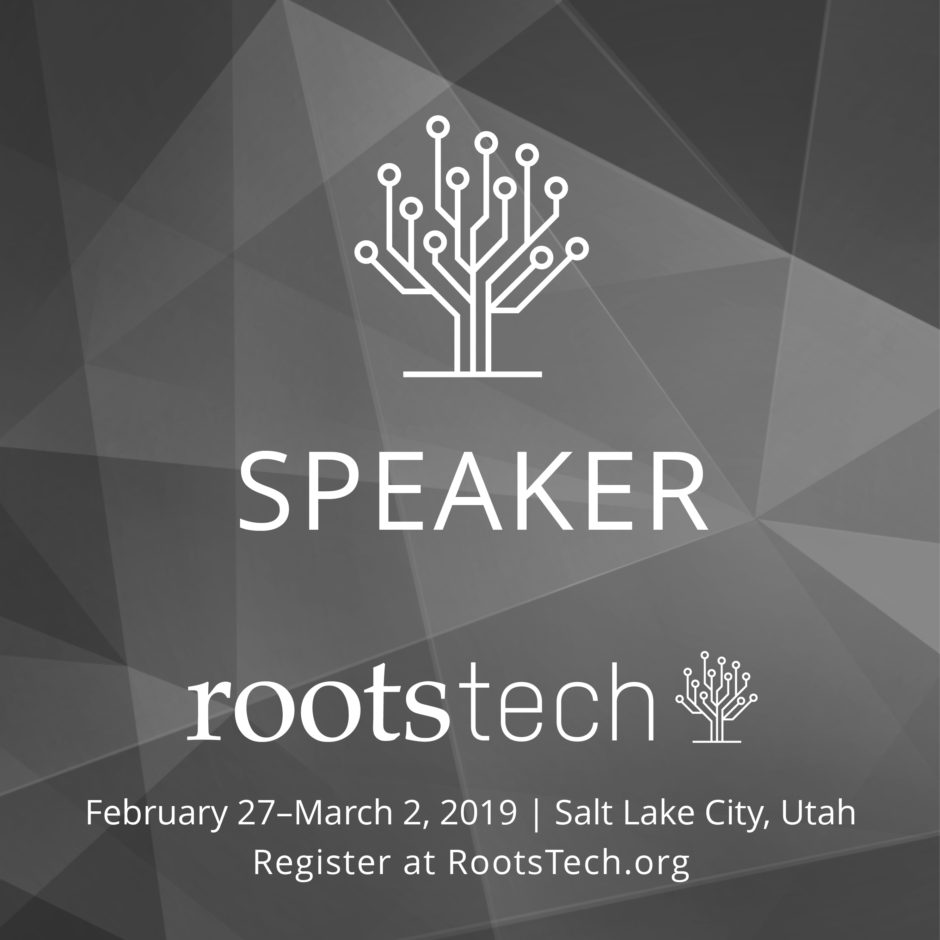
 There are so many reasons why this is my favorite genealogy conference, and I won’t get into all of them, but I will feature many as the conference draws closer. My relationship with RootsTech began with its inception in 2011. That year, my business partner was selected to present two tech sessions which planted the seeds of semantic web structures which we see in use throughout many of today’s family tree software products. After multiple brainstorming sessions with Family Search developers over dinner (at RootsTech, and previously at FGS in 2010), we could see the direction our future was about to take, and today, we all reap the benefits of that first year!
There are so many reasons why this is my favorite genealogy conference, and I won’t get into all of them, but I will feature many as the conference draws closer. My relationship with RootsTech began with its inception in 2011. That year, my business partner was selected to present two tech sessions which planted the seeds of semantic web structures which we see in use throughout many of today’s family tree software products. After multiple brainstorming sessions with Family Search developers over dinner (at RootsTech, and previously at FGS in 2010), we could see the direction our future was about to take, and today, we all reap the benefits of that first year!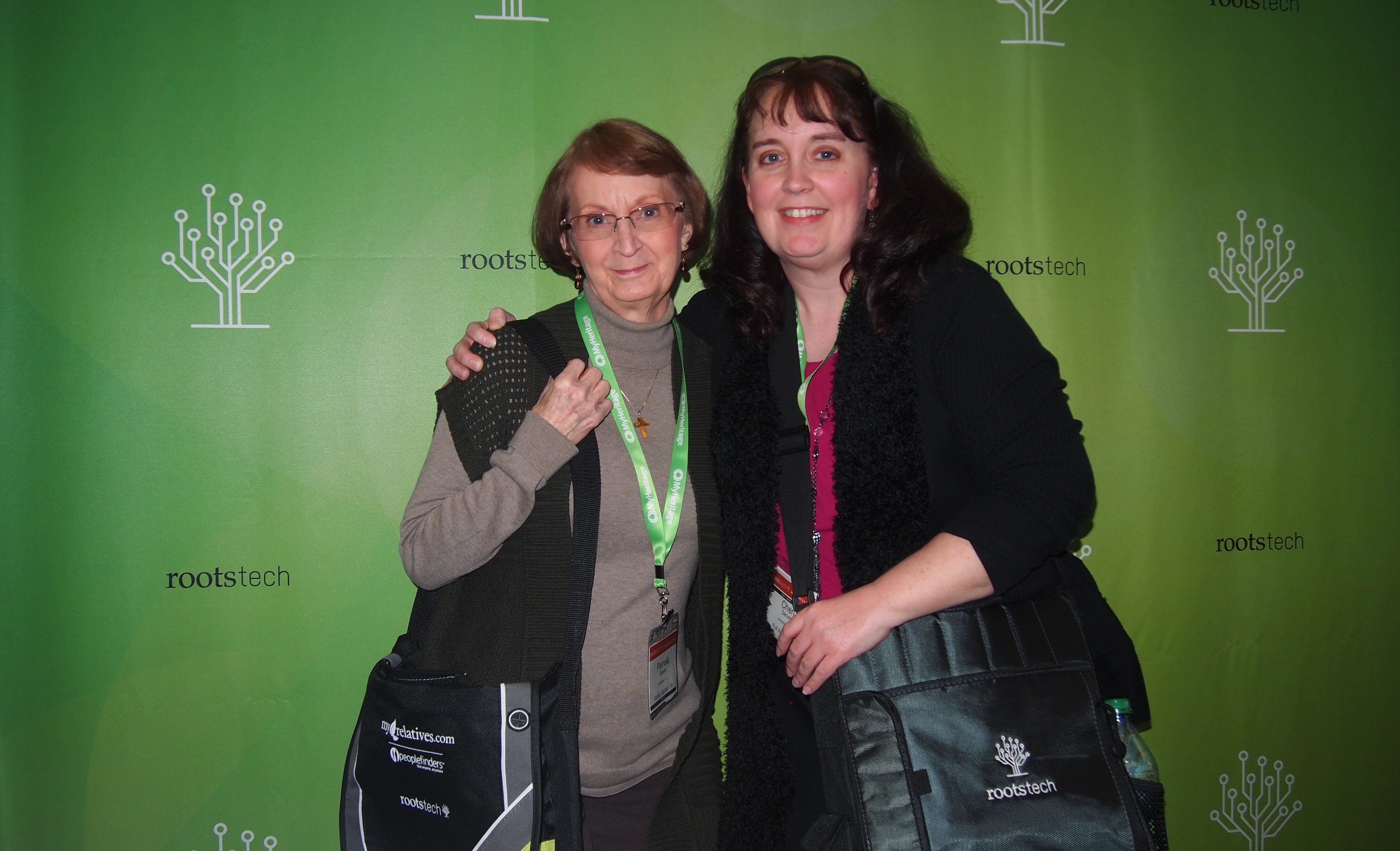


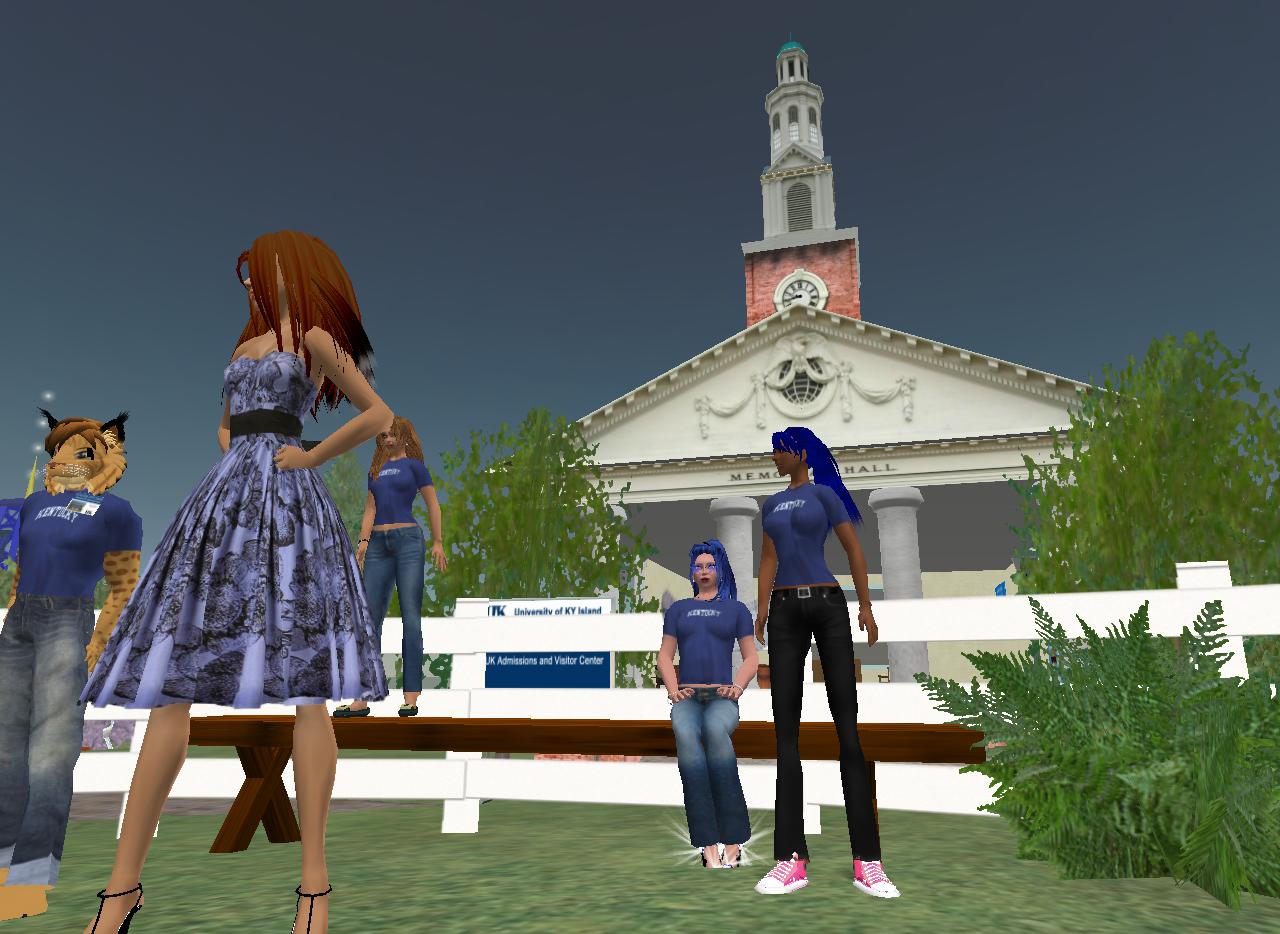
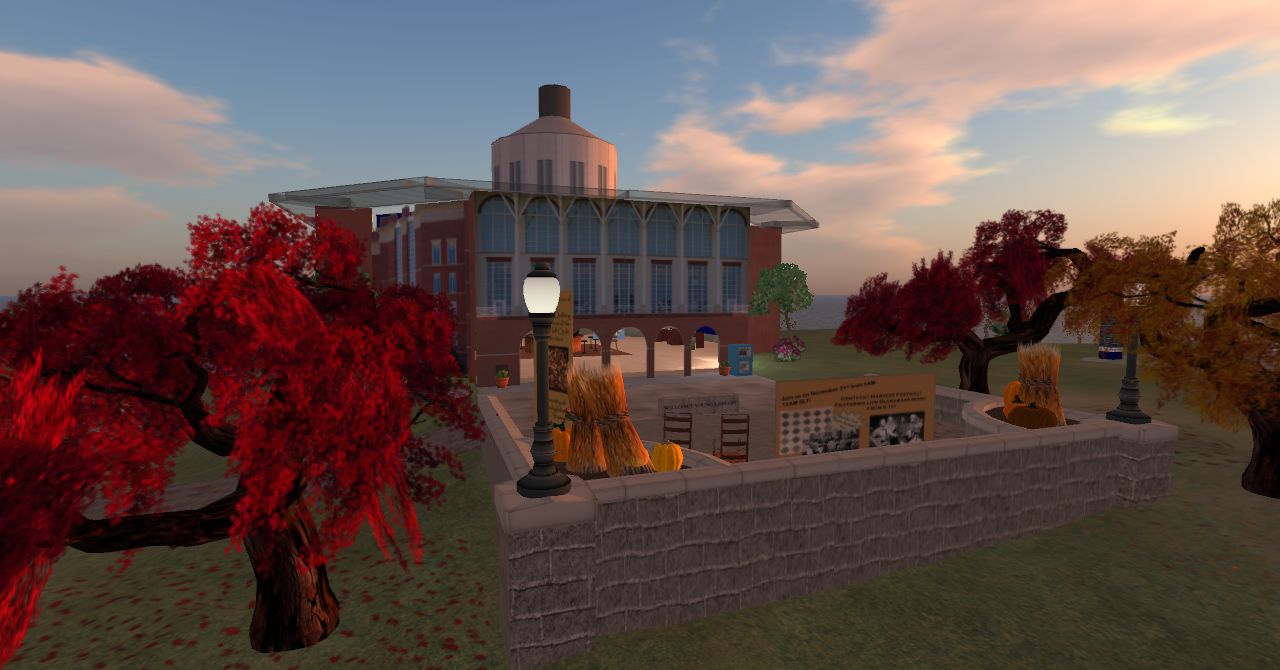

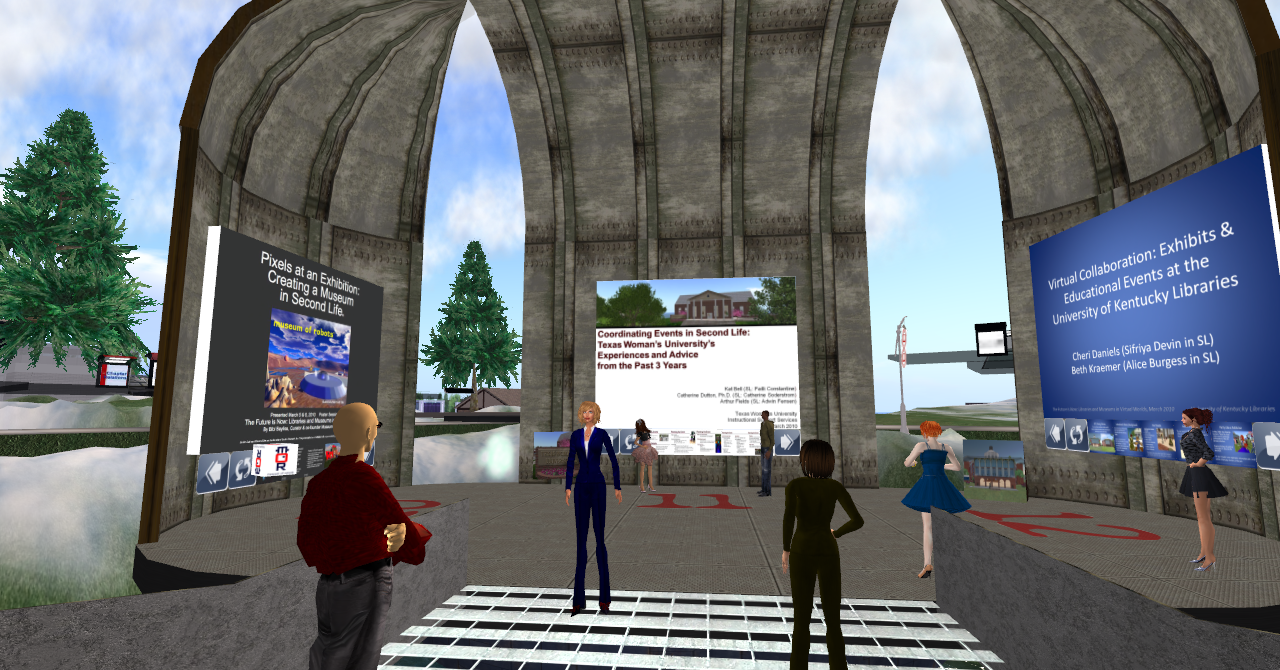
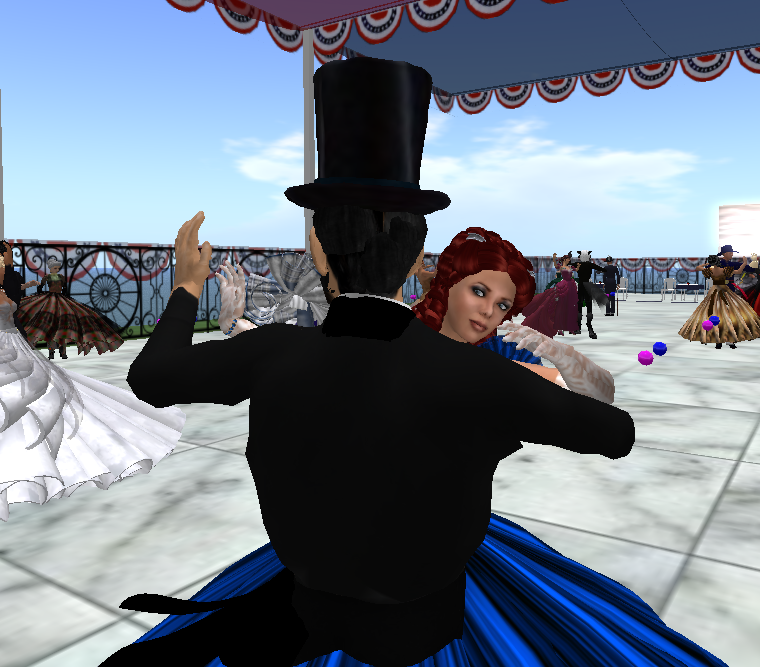
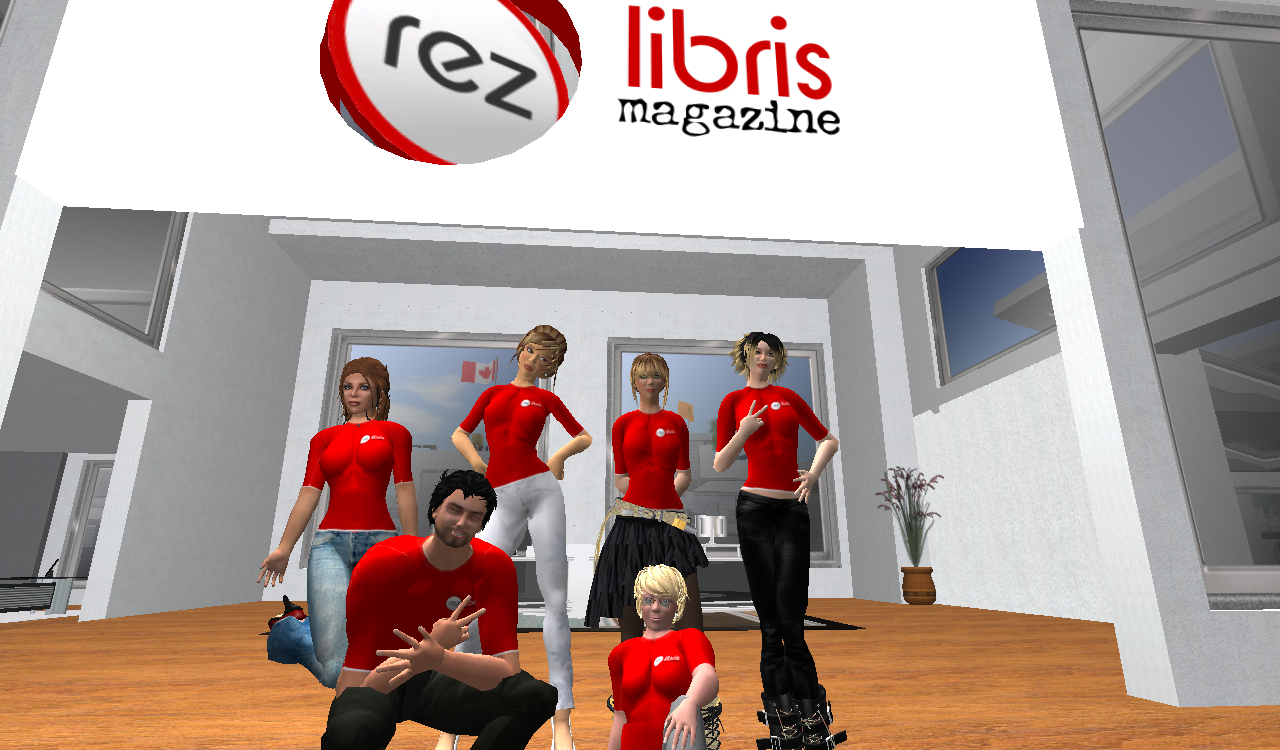
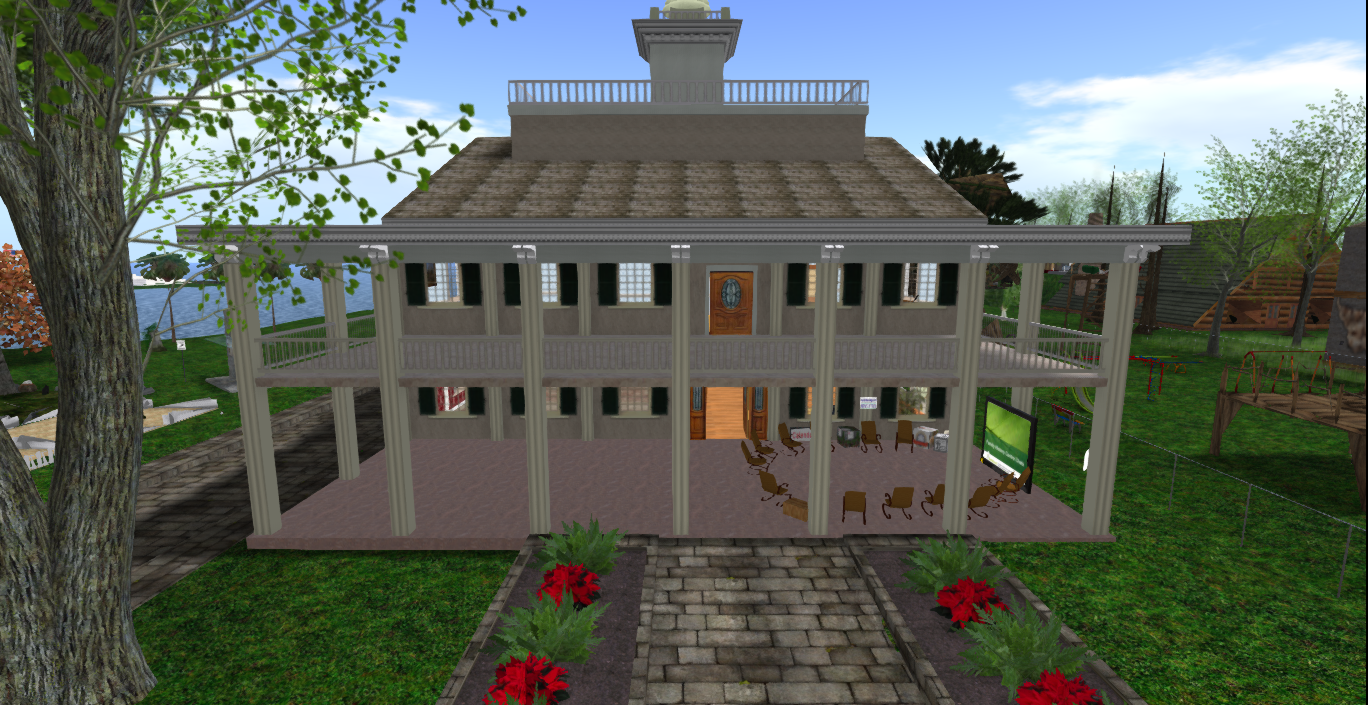

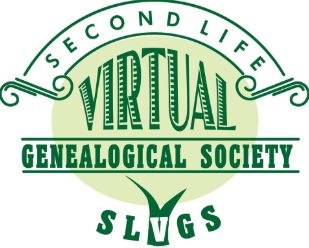 organization that requires yearly dues for membership and is a part of the FGS network of organizations. Dues are very small, about $5.00 per year – making you an FGS member! They also host a monthly NGSQ Study Group which provides deeper discussions of a previously assigned NGSQ article. (This year, the focus is on DNA related articles!)
organization that requires yearly dues for membership and is a part of the FGS network of organizations. Dues are very small, about $5.00 per year – making you an FGS member! They also host a monthly NGSQ Study Group which provides deeper discussions of a previously assigned NGSQ article. (This year, the focus is on DNA related articles!)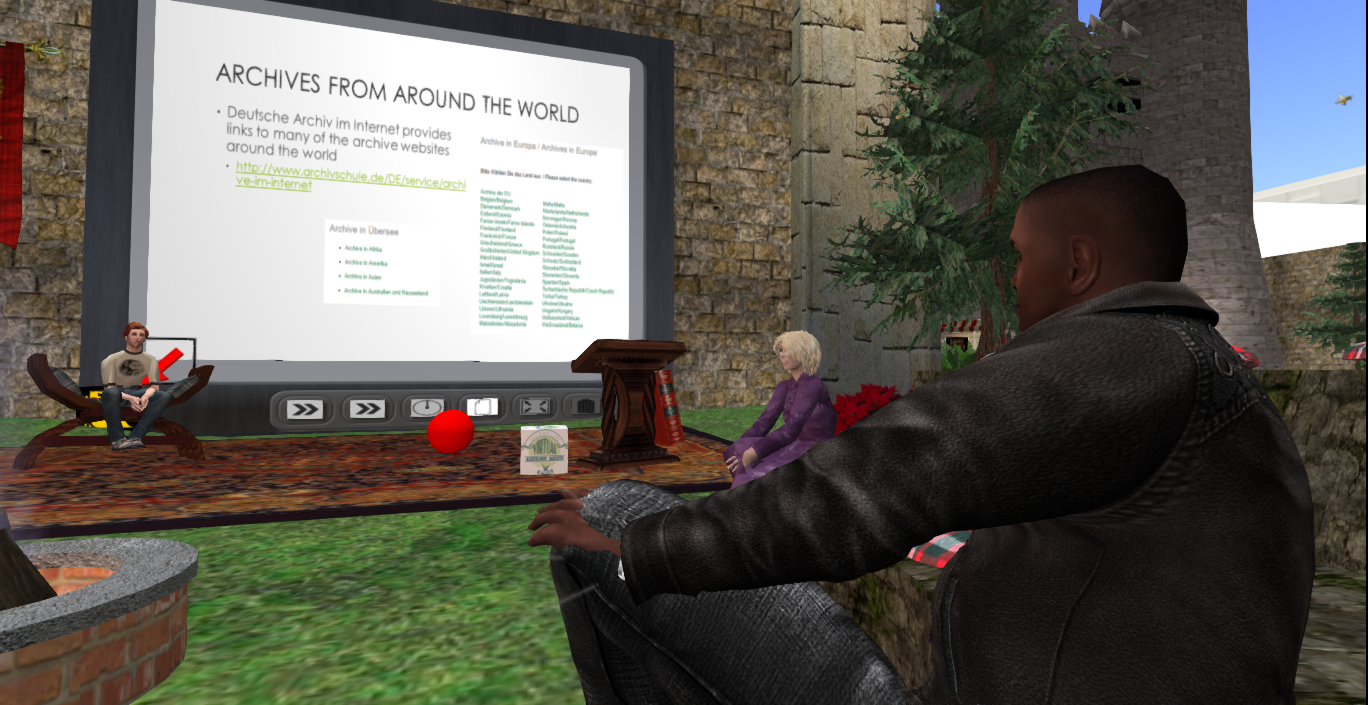
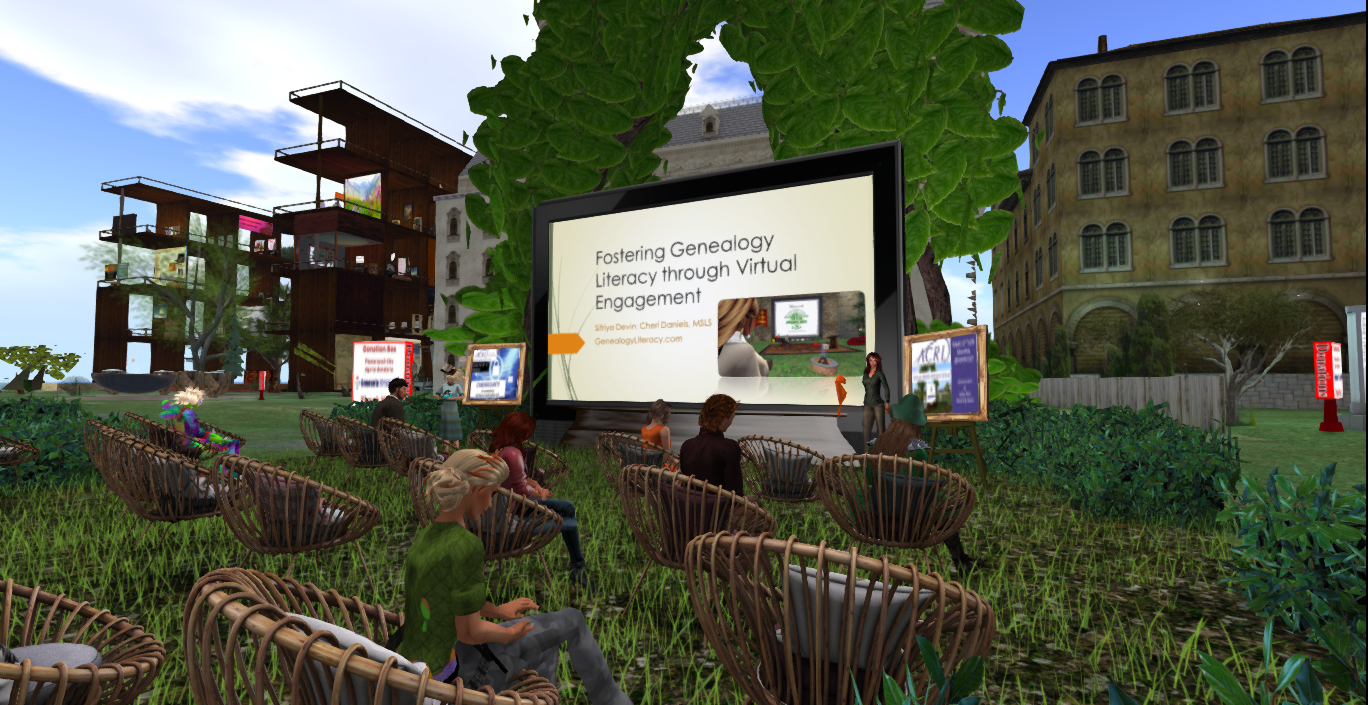
 In 2018, some of the land parcels in SL are not as populated as they used to be, but the activities and inspiring places are still around in abundance (and experiencing a resurgence, IMO) – with the graphics and animations getting better with each year. Some things have changed drastically in SL – such as bodies and clothing – although, you’ll see my avatar running around as a more basic model – I’ve had no time to get into some of the more advanced appearance options. And I will not lie to you – there is a significant learning curve to SL – even sitting, walking, flying, and putting clothes on can be complicated processes to navigate in tandem. But once you get the hang of it, I’m convinced you’ll really enjoy the experience.
In 2018, some of the land parcels in SL are not as populated as they used to be, but the activities and inspiring places are still around in abundance (and experiencing a resurgence, IMO) – with the graphics and animations getting better with each year. Some things have changed drastically in SL – such as bodies and clothing – although, you’ll see my avatar running around as a more basic model – I’ve had no time to get into some of the more advanced appearance options. And I will not lie to you – there is a significant learning curve to SL – even sitting, walking, flying, and putting clothes on can be complicated processes to navigate in tandem. But once you get the hang of it, I’m convinced you’ll really enjoy the experience.
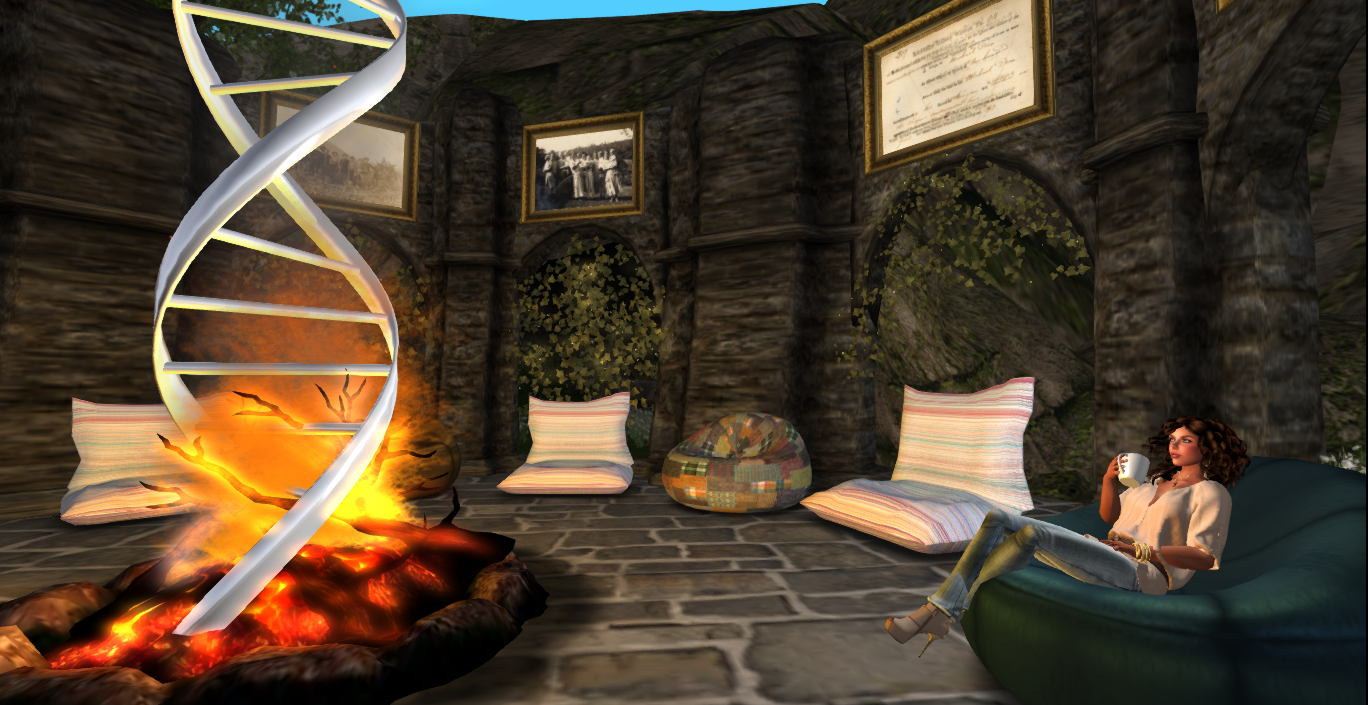

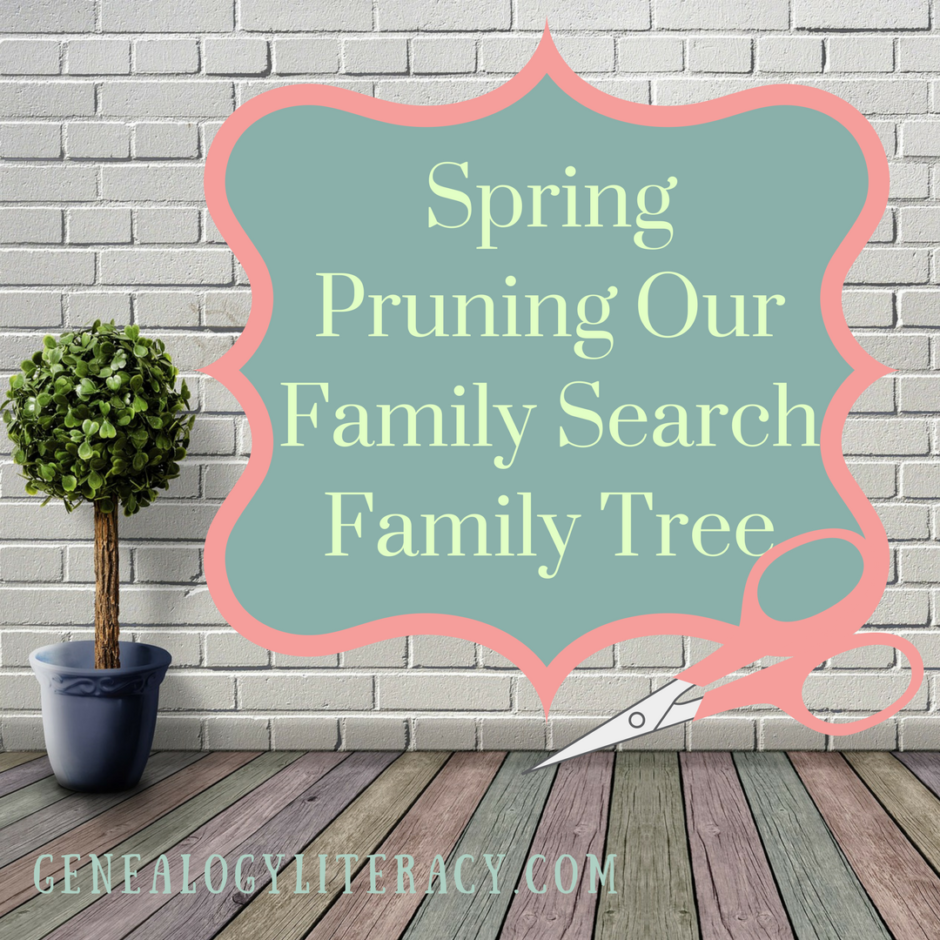
 My first attempt at a title for this post included a very naughty word: “My.” You see, this is the biggest obstacle when adding info to the
My first attempt at a title for this post included a very naughty word: “My.” You see, this is the biggest obstacle when adding info to the 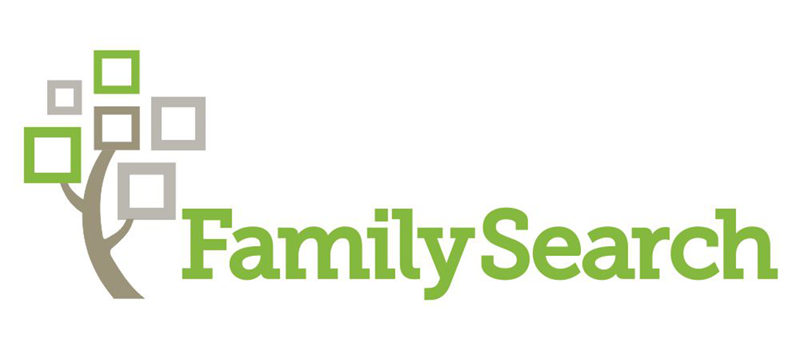
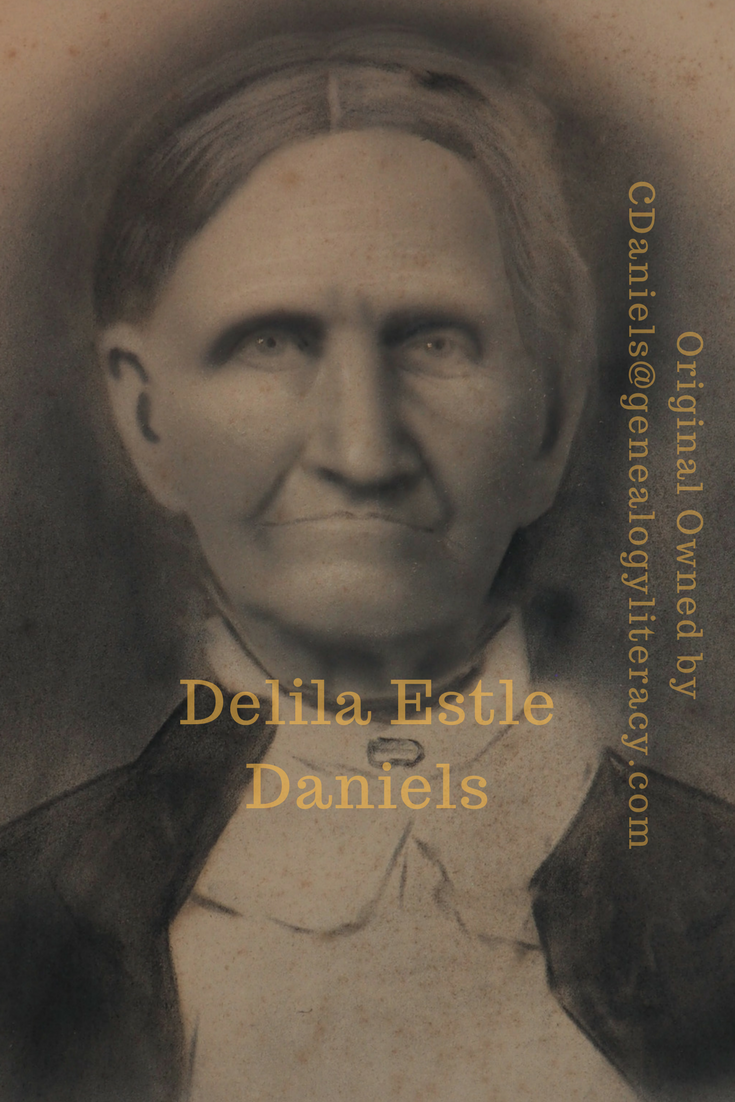 In the end, things were just fine, but it made me realize that I needed to spend some extra time and watermark the ancestral photos that were held in my personal collection. Once you upload a photo, people can move them around, but from now on, I will add a watermark that identifies the ancestor, as well as the current owner of the original (maybe not my full name, but initials and surname, or some such configuration – and maybe not a label that can be trimmed off.) Also, add a note as you upload to go with the photo – listing you as the owner, or where you got the copy. It’s the least we can do as an attempt to keep the right photo with the right person.
In the end, things were just fine, but it made me realize that I needed to spend some extra time and watermark the ancestral photos that were held in my personal collection. Once you upload a photo, people can move them around, but from now on, I will add a watermark that identifies the ancestor, as well as the current owner of the original (maybe not my full name, but initials and surname, or some such configuration – and maybe not a label that can be trimmed off.) Also, add a note as you upload to go with the photo – listing you as the owner, or where you got the copy. It’s the least we can do as an attempt to keep the right photo with the right person.

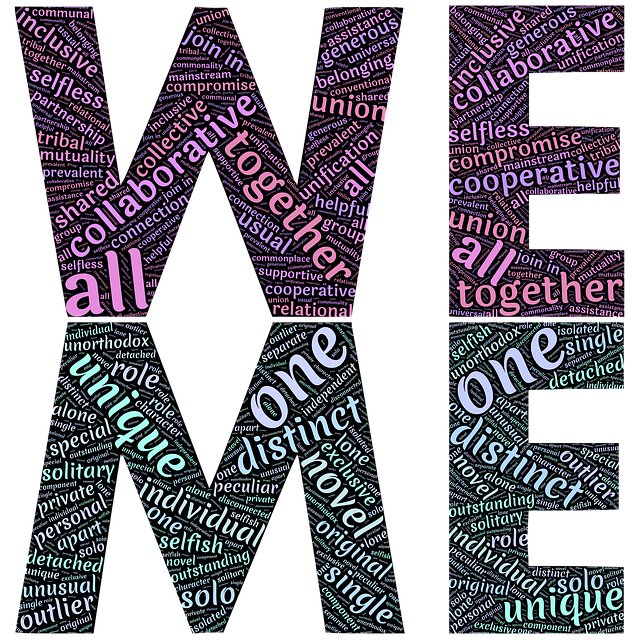 Moral of the story – Beef up the profiles, be kind, but be thorough, and don’t be afraid to communicate why you would like an element to stay. Collaboration is a GOOD THING! So far, people have been relatively nice about things if you reasonably explain the source behind a piece of information. Although, I have been tough on some lines, and chopped off a branch that ran wild with completely unsourced info – I detached with a notice that said “Please do not add parents of this person without citing a source – there are many theories out there, but no proof has been yet uncovered.” It’s a wonderful PSA to remind people about citing sources and the GPS – even if it is one little message at a time.
Moral of the story – Beef up the profiles, be kind, but be thorough, and don’t be afraid to communicate why you would like an element to stay. Collaboration is a GOOD THING! So far, people have been relatively nice about things if you reasonably explain the source behind a piece of information. Although, I have been tough on some lines, and chopped off a branch that ran wild with completely unsourced info – I detached with a notice that said “Please do not add parents of this person without citing a source – there are many theories out there, but no proof has been yet uncovered.” It’s a wonderful PSA to remind people about citing sources and the GPS – even if it is one little message at a time. a genealogy villain (misinformation) terrorizing a village with no superheroes to combat their dirty deeds. Just like indexing, I think we have a responsibility to dive headlong into the forest and make it a better place – with a myriad of opportunities to educate about resources as we go along.
a genealogy villain (misinformation) terrorizing a village with no superheroes to combat their dirty deeds. Just like indexing, I think we have a responsibility to dive headlong into the forest and make it a better place – with a myriad of opportunities to educate about resources as we go along.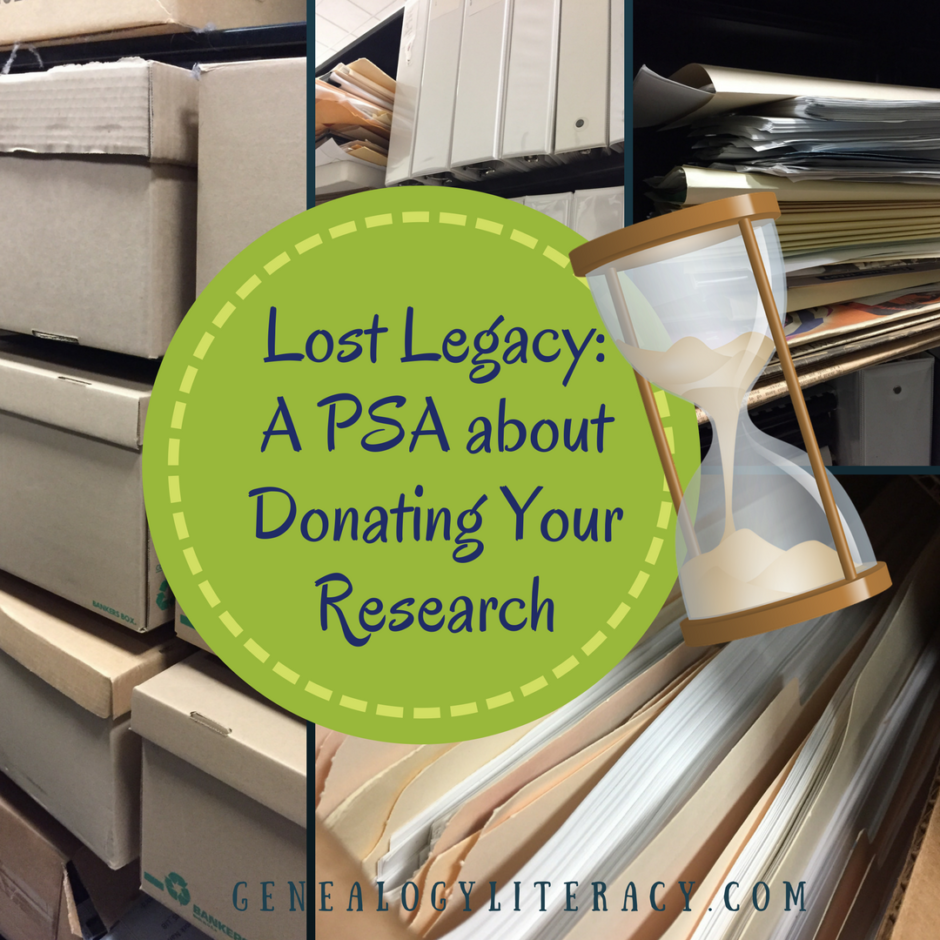
 Repeated Scenario:
Repeated Scenario: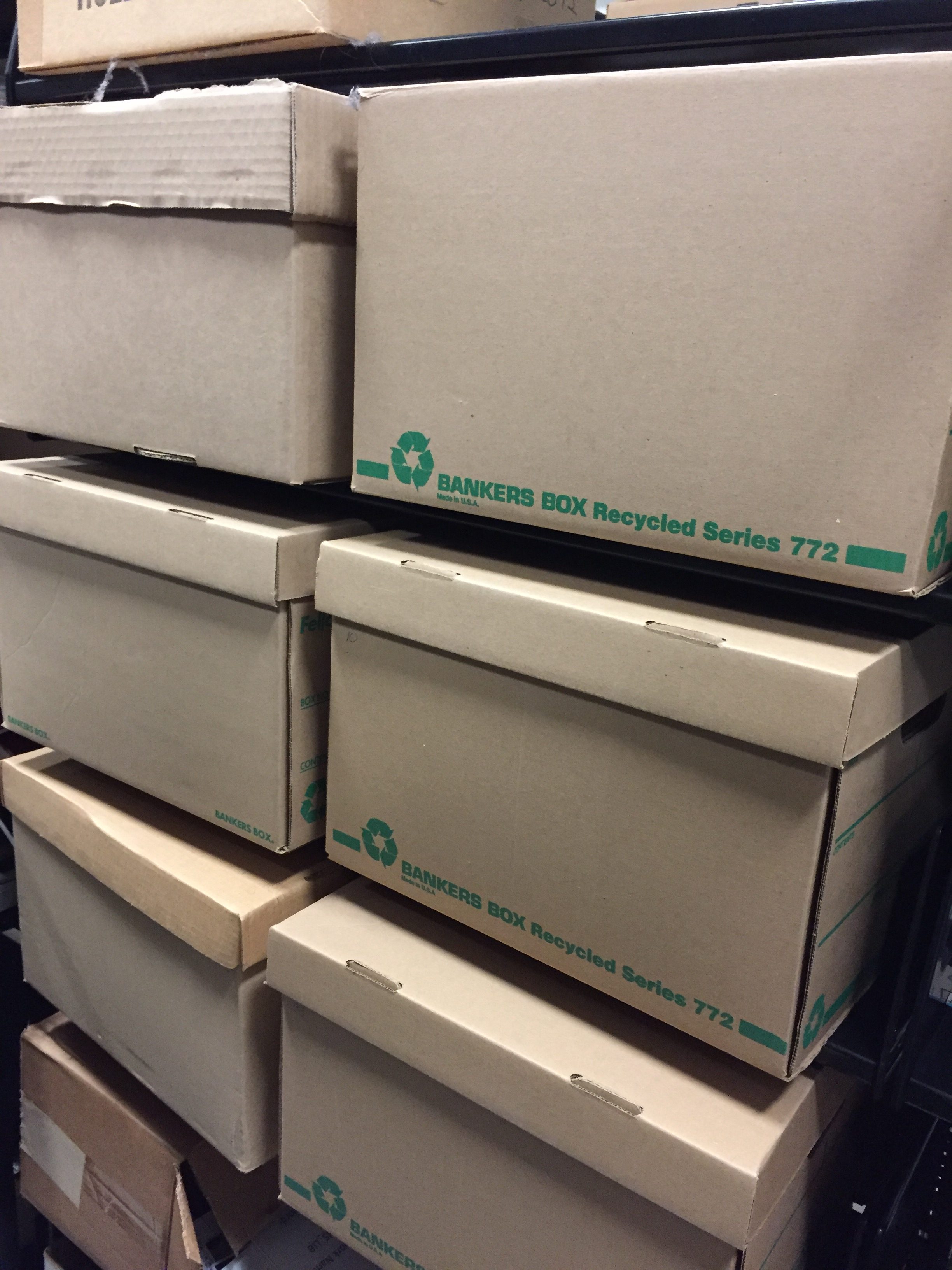
 Is there original family material inside? If we find original family photos, correspondence, sourced research reports, bible records, diaries, ephemera, etc…..that’s a home run. We LOVE these components because they are unique, tell a story, and in many cases, fragile. Our facility can preserve them, and make the collection accessible to researchers and many future family members.
Is there original family material inside? If we find original family photos, correspondence, sourced research reports, bible records, diaries, ephemera, etc…..that’s a home run. We LOVE these components because they are unique, tell a story, and in many cases, fragile. Our facility can preserve them, and make the collection accessible to researchers and many future family members.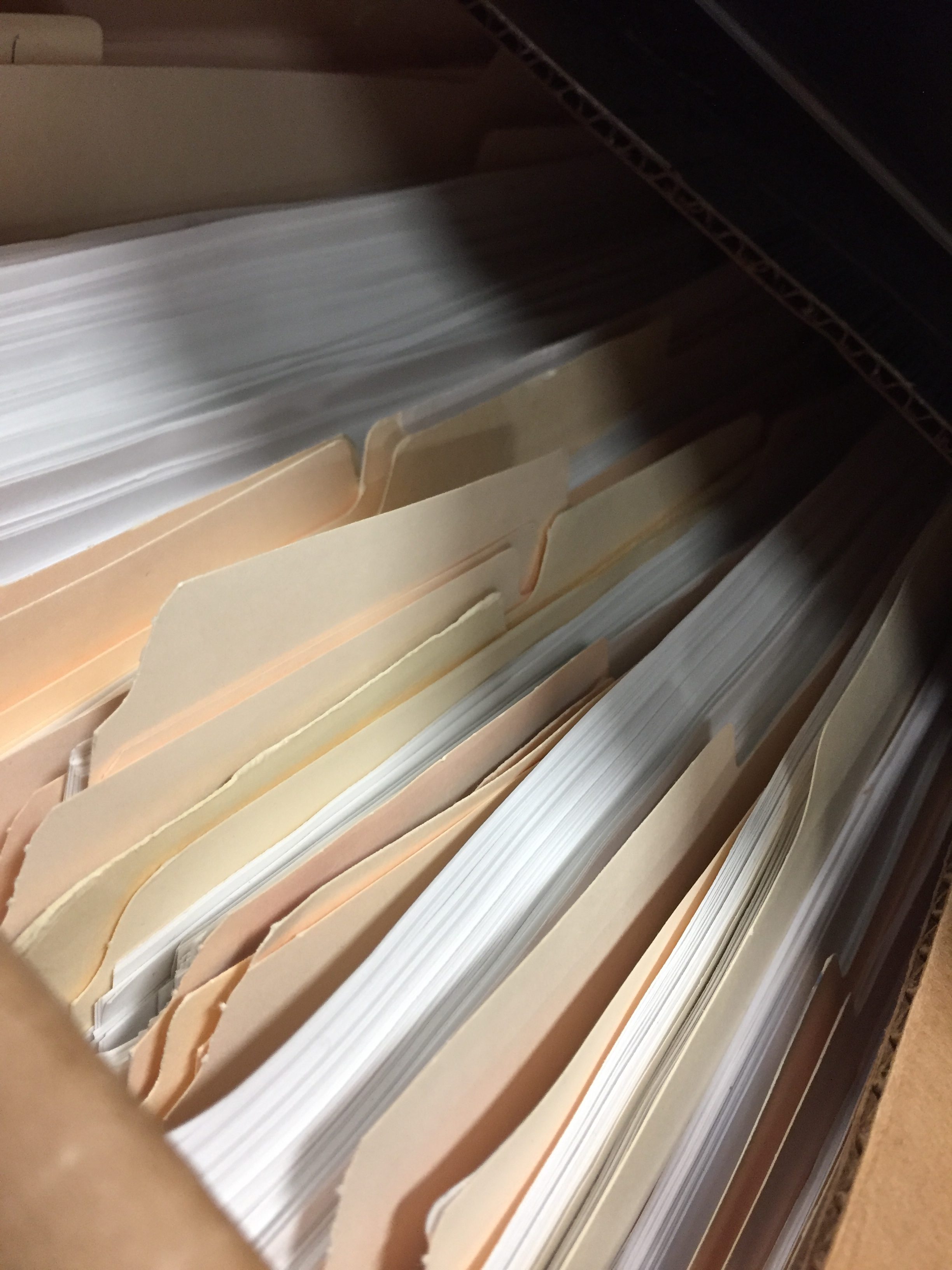
 Point taken – but I’m here to pour a bucket of cold water over your head: Which would you rather have, a research report with full citations donated to a non-profit collection that your family can access for generations – OR – would you rather see your decades of hard work tossed into the dumpster?
Point taken – but I’m here to pour a bucket of cold water over your head: Which would you rather have, a research report with full citations donated to a non-profit collection that your family can access for generations – OR – would you rather see your decades of hard work tossed into the dumpster? pieces of your family collection. If you walked into the office/closet during a natural disaster and had to pick one box to take with you, what would it be? If you can’t lay your hands on one to two boxes of original family material or research, you’ve already lost the estate battle.
pieces of your family collection. If you walked into the office/closet during a natural disaster and had to pick one box to take with you, what would it be? If you can’t lay your hands on one to two boxes of original family material or research, you’ve already lost the estate battle.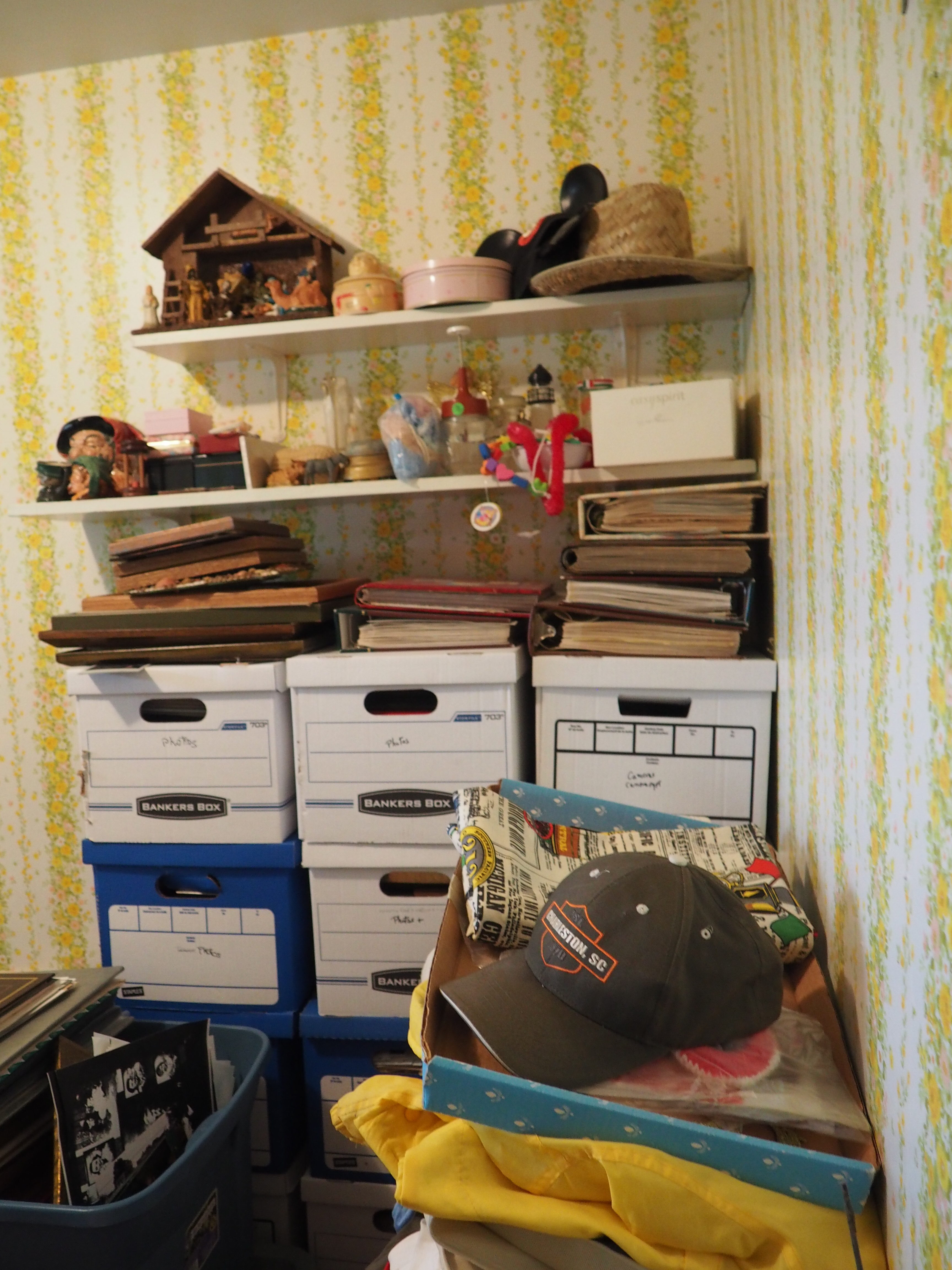
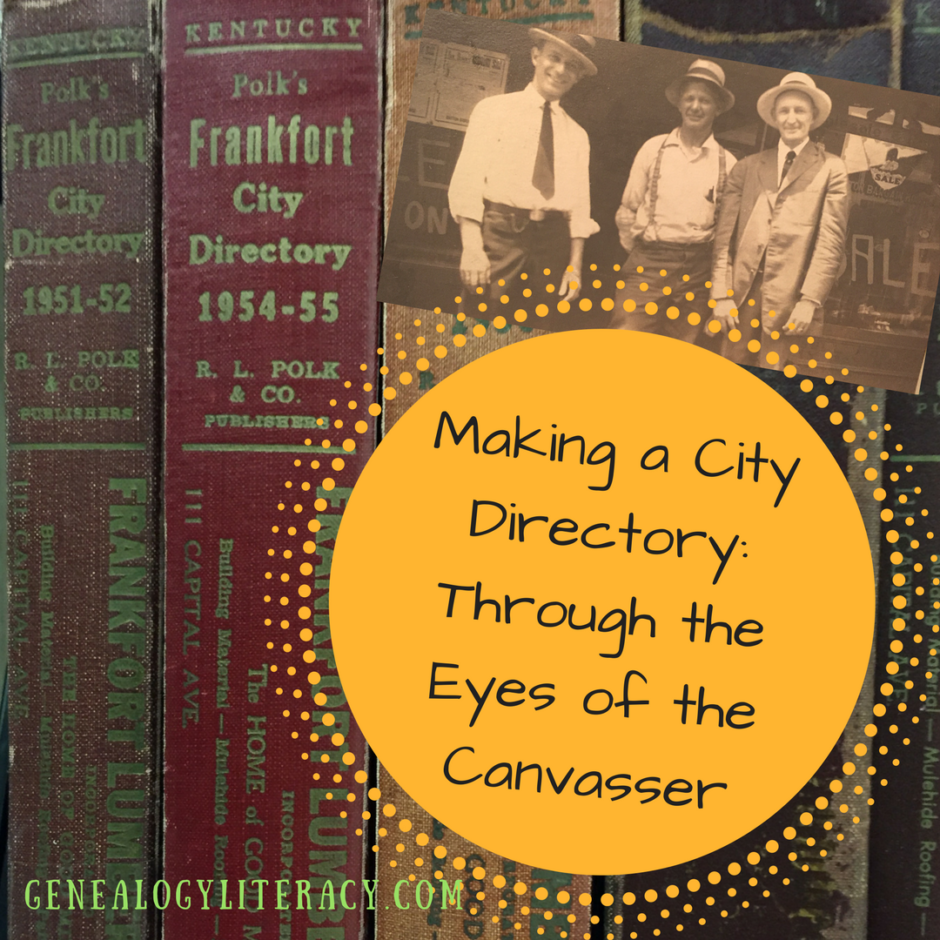
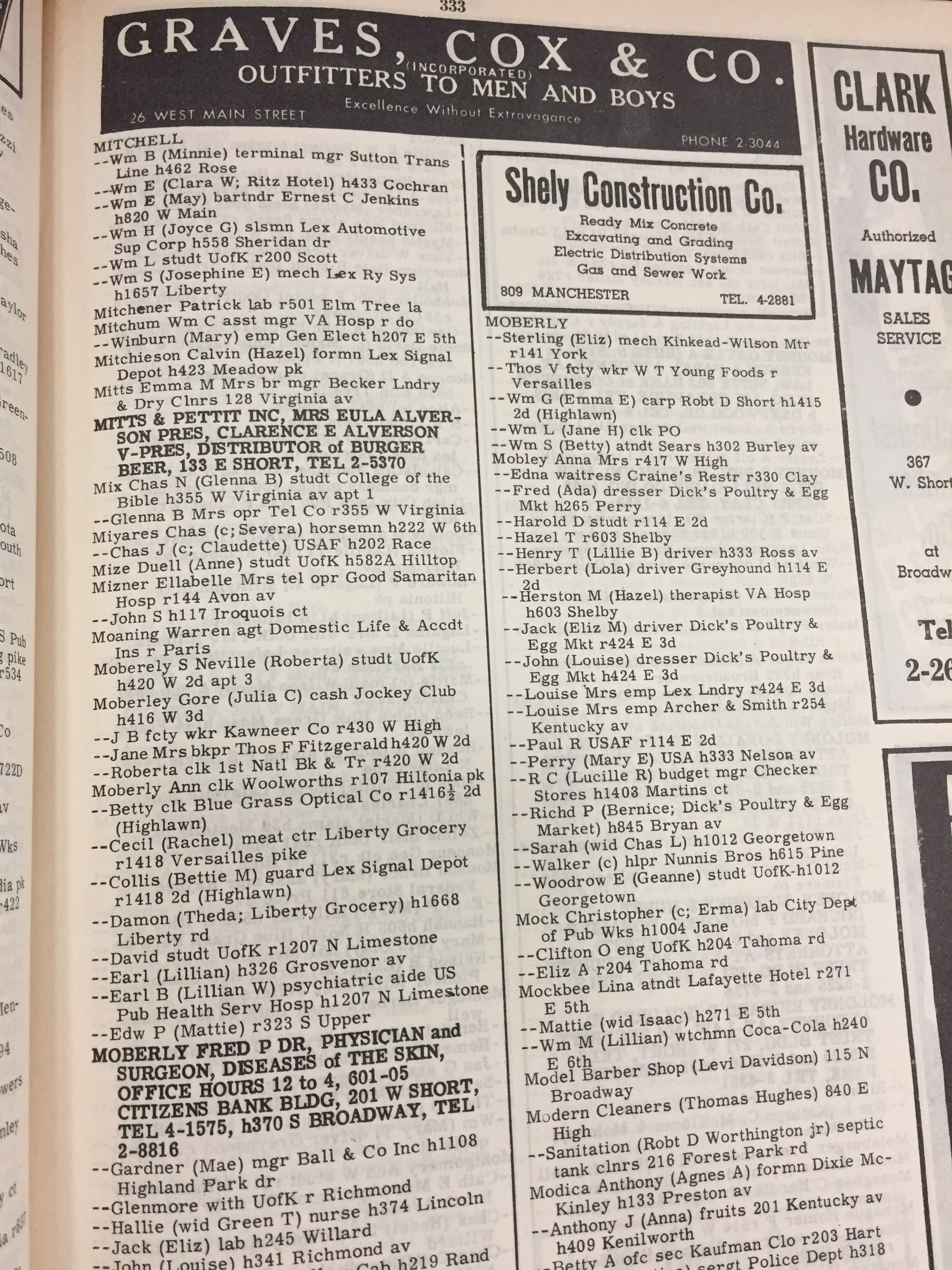 Question: One of our academic researchers was following the life of a single African American woman in the late 19th century. As she turned to City Directories to track residences over the years, she posed a question to us regarding the creation of these directories. She wanted to know who was included in these yearly guides. Obviously, not an entire household, but not always the head of household either. Was everyone included in a City Directory or did you have to pay to be listed? After all, these were valuable resources for advertising your business during that time.
Question: One of our academic researchers was following the life of a single African American woman in the late 19th century. As she turned to City Directories to track residences over the years, she posed a question to us regarding the creation of these directories. She wanted to know who was included in these yearly guides. Obviously, not an entire household, but not always the head of household either. Was everyone included in a City Directory or did you have to pay to be listed? After all, these were valuable resources for advertising your business during that time. As I started digging for more information, I noted that most of our directories, regardless of year were produced by outside companies – not city, state, or federal government entities – nothing official – very much like today’s phone books.
As I started digging for more information, I noted that most of our directories, regardless of year were produced by outside companies – not city, state, or federal government entities – nothing official – very much like today’s phone books.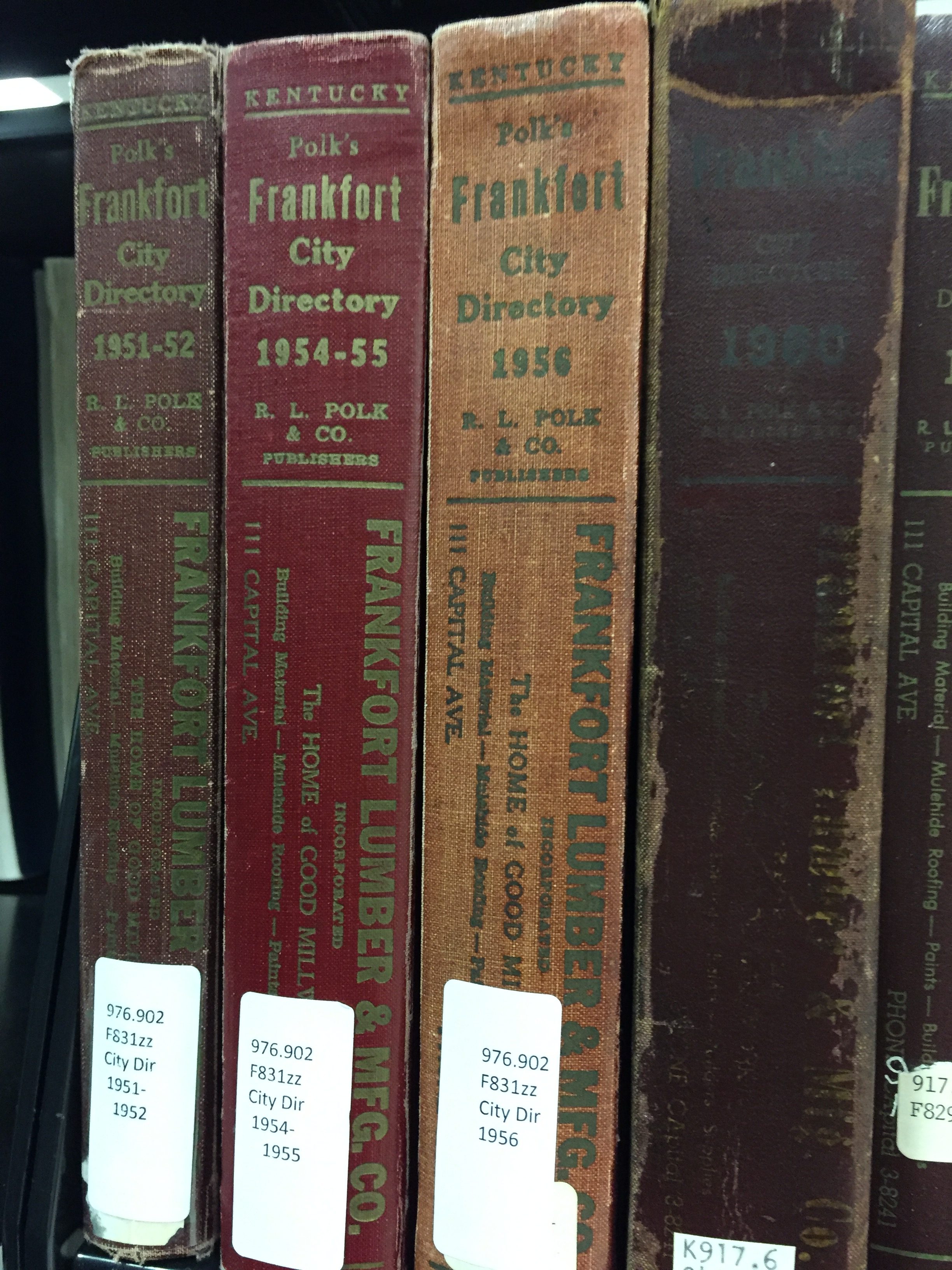 Throughout the many decades of their publication, advertisements can be found each year in the local newspapers, announcing the availability of a new City Directory – obviously offering said directory for sale, or better yet, offering subscriptions to the yearly updates. The popularity of these directories also drove sales for large advertisements within them – a pretty lucrative endeavor for the publishers!
Throughout the many decades of their publication, advertisements can be found each year in the local newspapers, announcing the availability of a new City Directory – obviously offering said directory for sale, or better yet, offering subscriptions to the yearly updates. The popularity of these directories also drove sales for large advertisements within them – a pretty lucrative endeavor for the publishers! Canvassers were hired to begin work in the fall of each year.
Canvassers were hired to begin work in the fall of each year.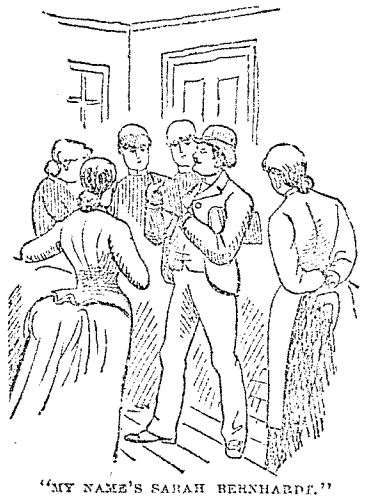 Sometimes, our ancestors did not want to be recorded – as it is noted in this article, those who were running from creditors, or the law, or involved in illegal activities might give an alias – just our research luck!
Sometimes, our ancestors did not want to be recorded – as it is noted in this article, those who were running from creditors, or the law, or involved in illegal activities might give an alias – just our research luck!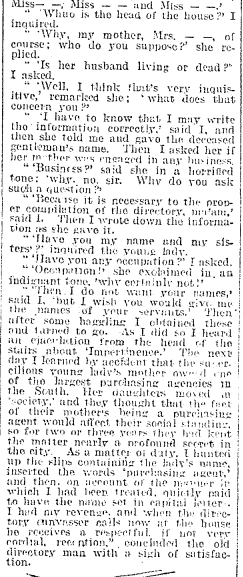 One of my favorite stories from this article came from a household of just women: a single mother/widow – who happened to be a business owner. The household was wealthy enough to employ servants – thereby creating a brief period of confusion. The woman’s young adult daughters were of no occupation, and spent their days at home attended by the servants. The Canvasser arrived and asked about the head of the household and her occupation/business, and then asked about other residents in the home – inquiring about their profession. After first denying their mother’s occupation, the young women thought the City Directory was something of importance at first, and pressed the man to include their names. When they realized that he kept focusing on occupations they became even more offended, declaring that they were NOT of any occupation! The Canvasser then focused on their servants to add to the Directory – which offended the girls even more – apparently, their mother was a large purchaser in the southern region, but the fact had been hidden from their neighbors and social circle as this was considered to be a low class activity. Due to his experience that day, the Canvasser changed his entry for the mother to list “purchasing agent” as a matter of revenge.
One of my favorite stories from this article came from a household of just women: a single mother/widow – who happened to be a business owner. The household was wealthy enough to employ servants – thereby creating a brief period of confusion. The woman’s young adult daughters were of no occupation, and spent their days at home attended by the servants. The Canvasser arrived and asked about the head of the household and her occupation/business, and then asked about other residents in the home – inquiring about their profession. After first denying their mother’s occupation, the young women thought the City Directory was something of importance at first, and pressed the man to include their names. When they realized that he kept focusing on occupations they became even more offended, declaring that they were NOT of any occupation! The Canvasser then focused on their servants to add to the Directory – which offended the girls even more – apparently, their mother was a large purchaser in the southern region, but the fact had been hidden from their neighbors and social circle as this was considered to be a low class activity. Due to his experience that day, the Canvasser changed his entry for the mother to list “purchasing agent” as a matter of revenge.